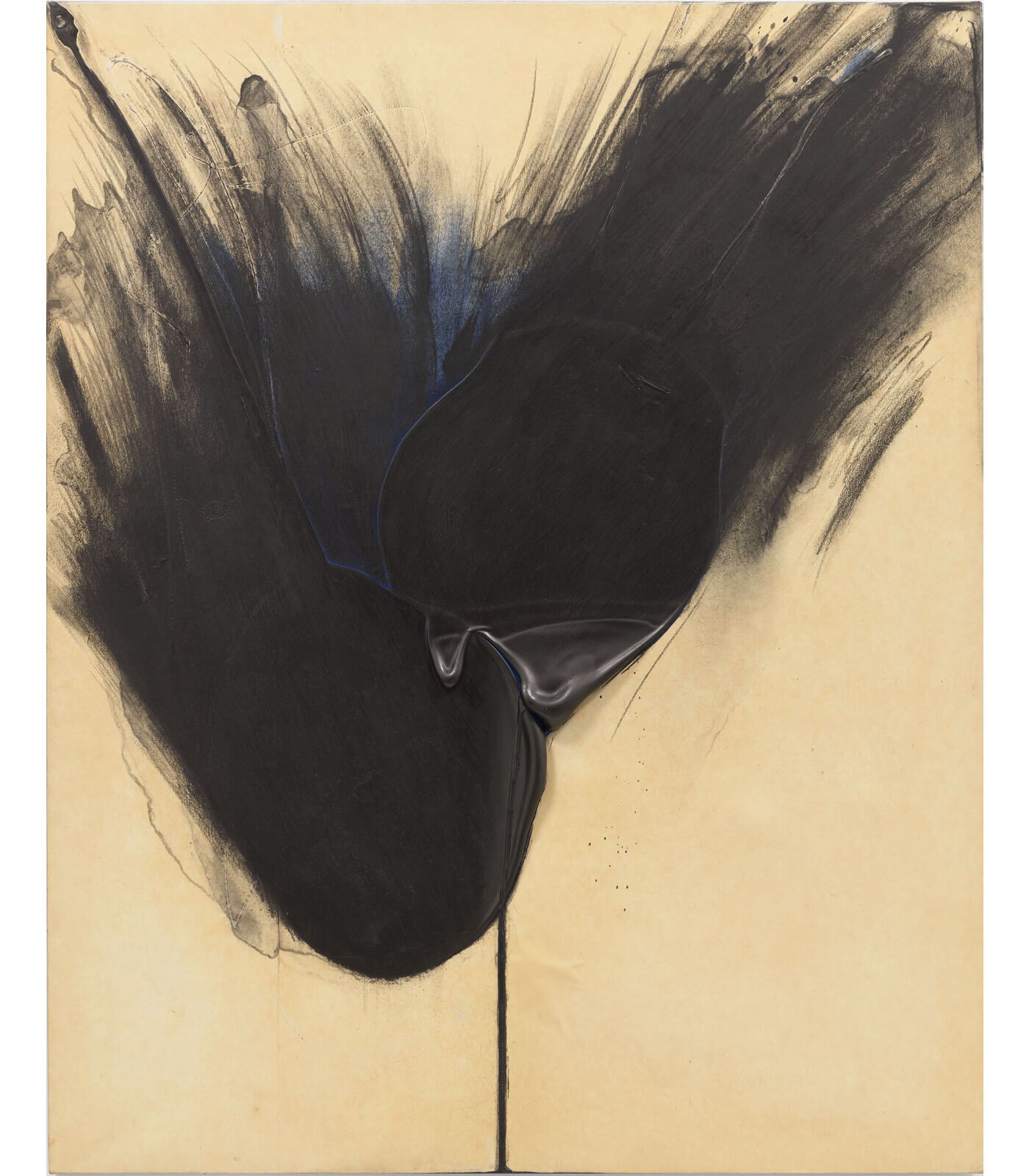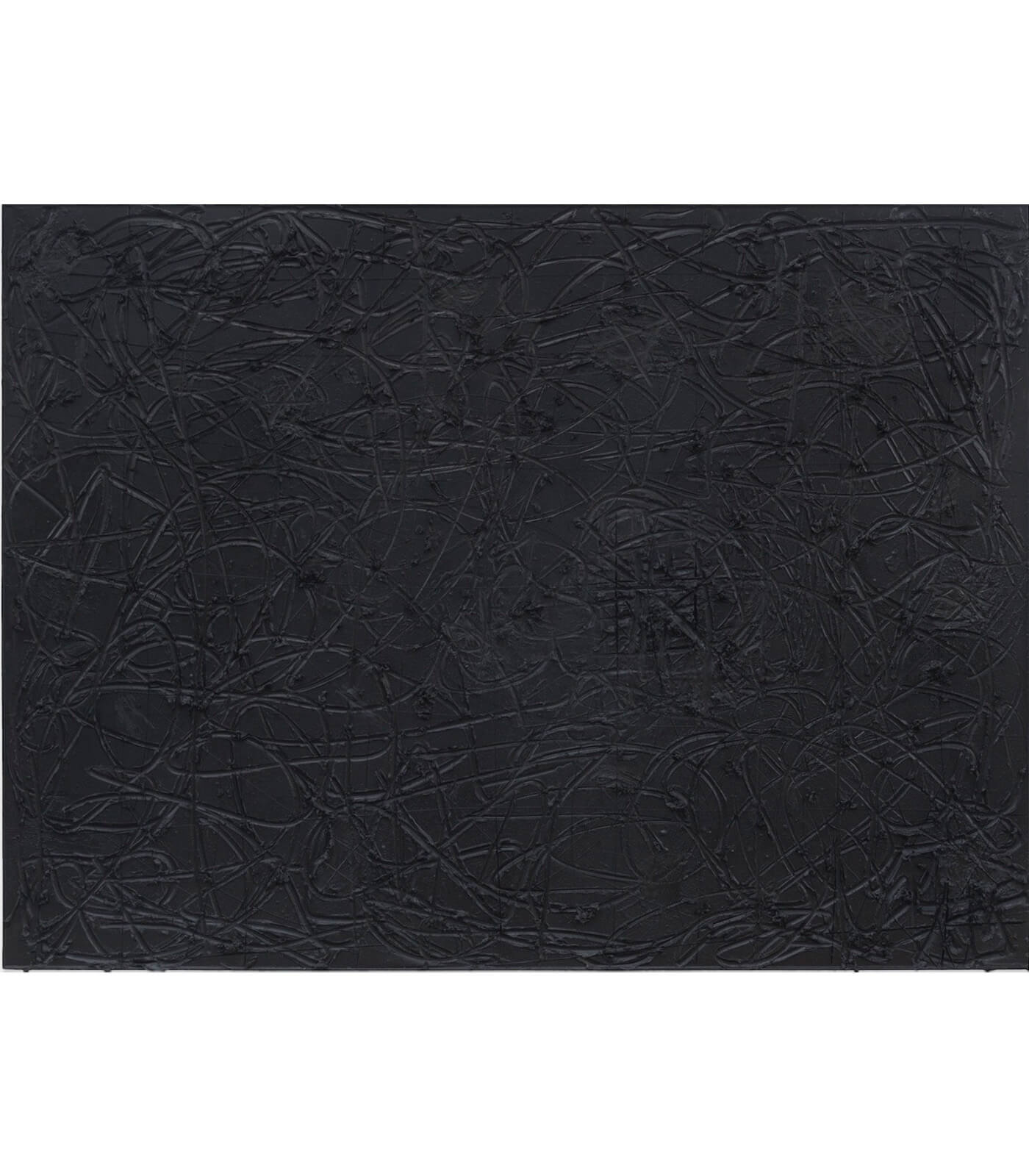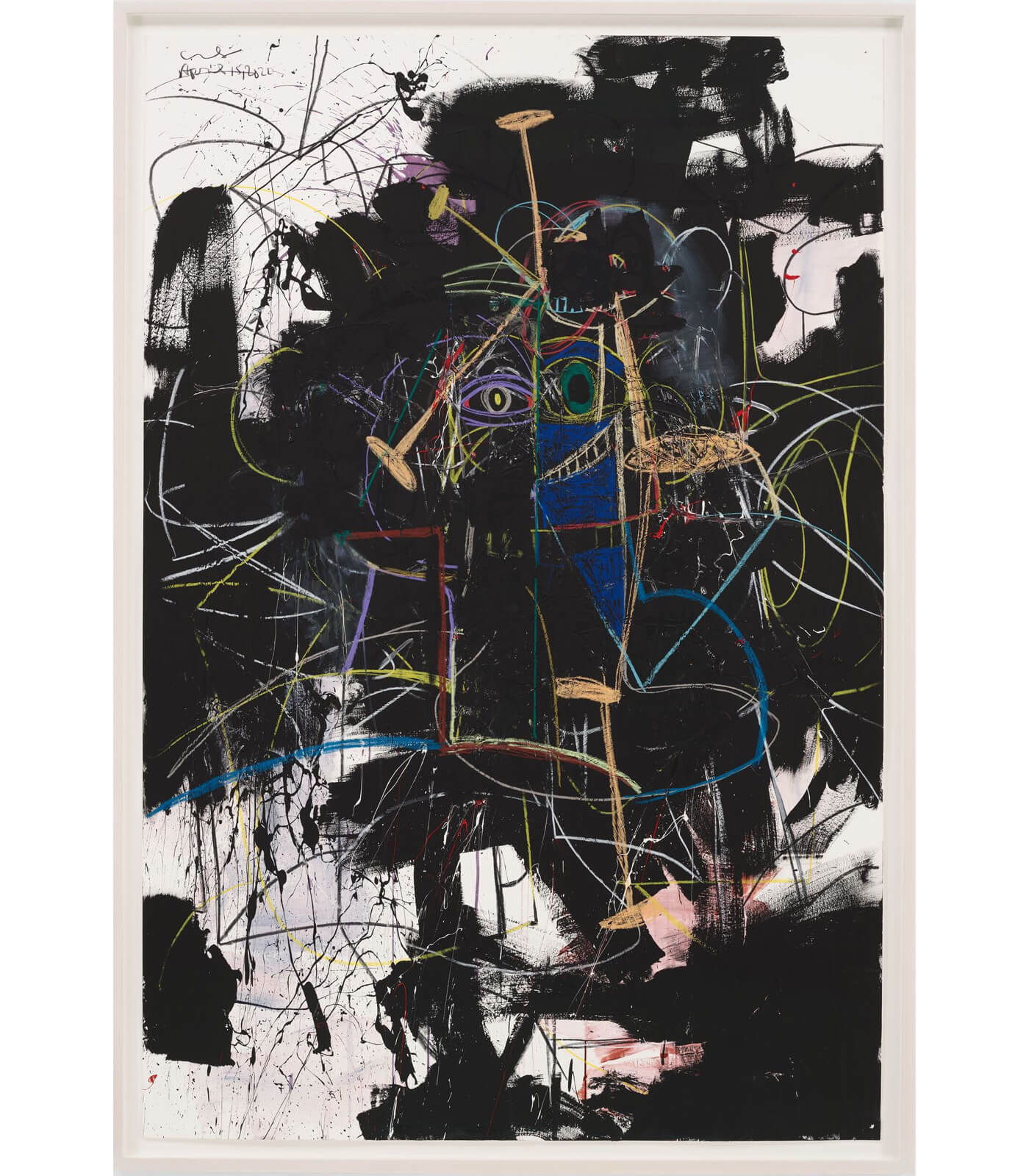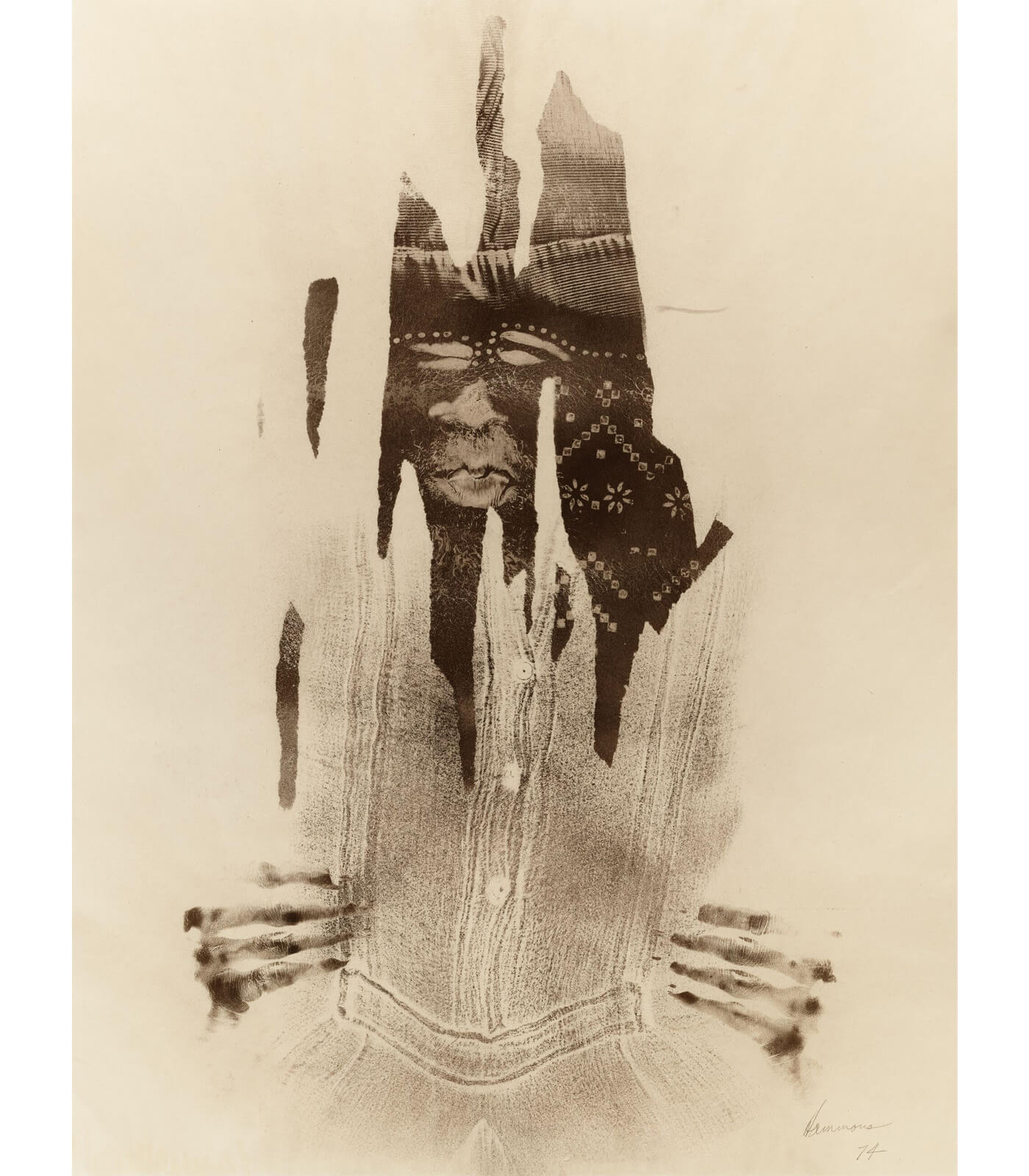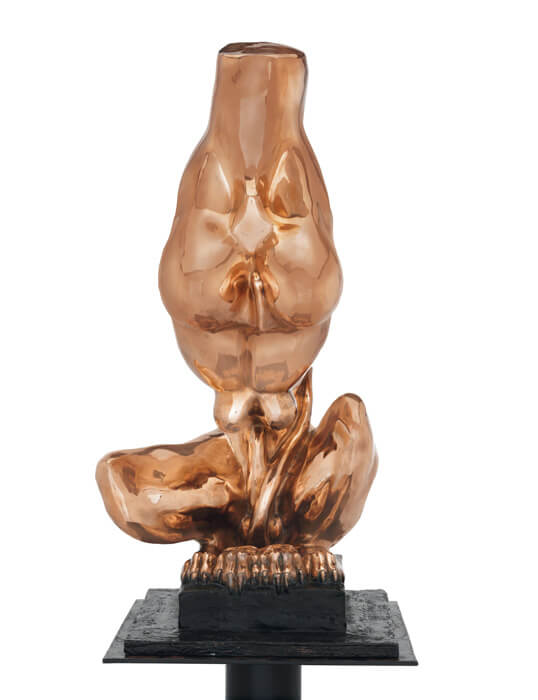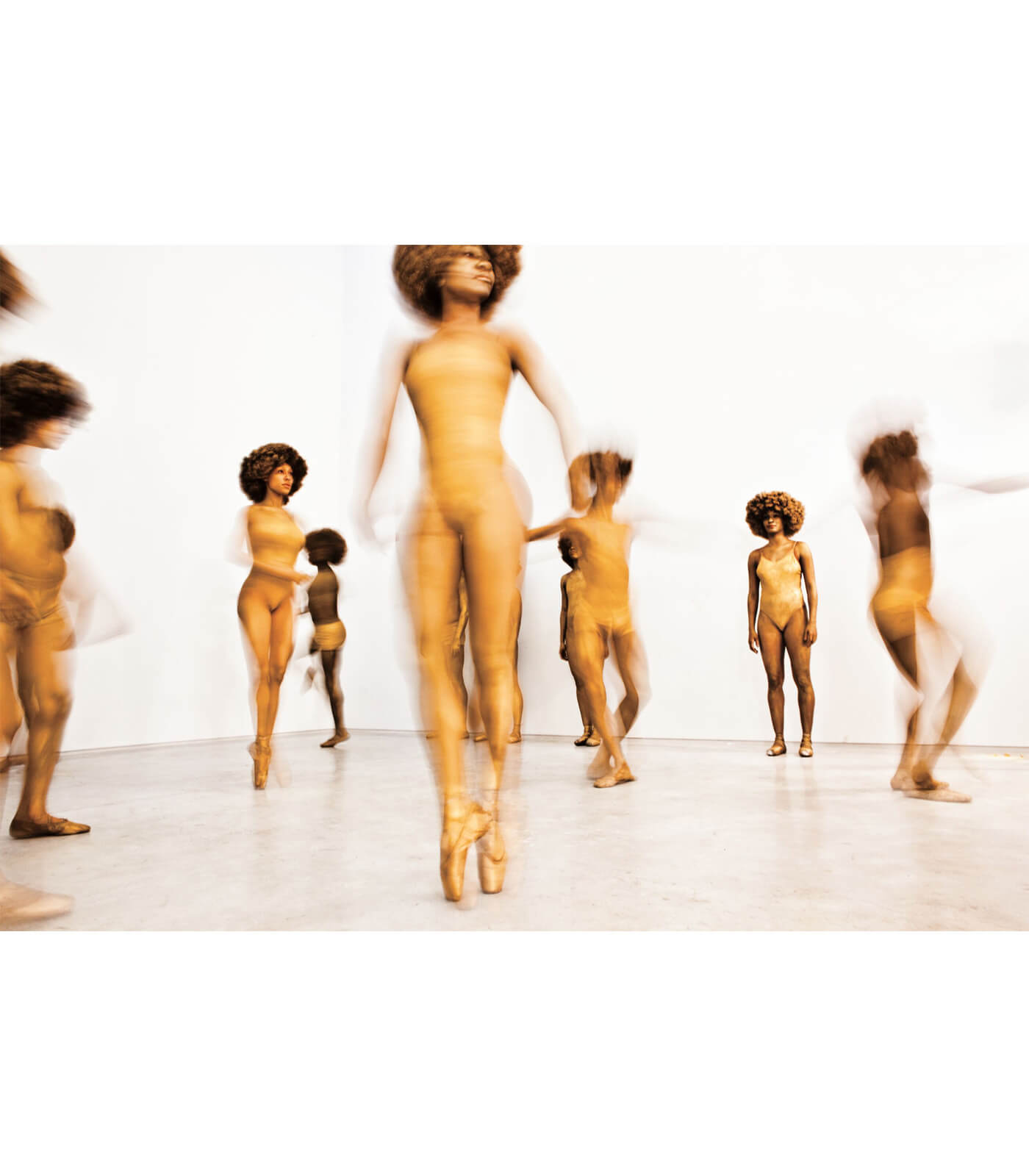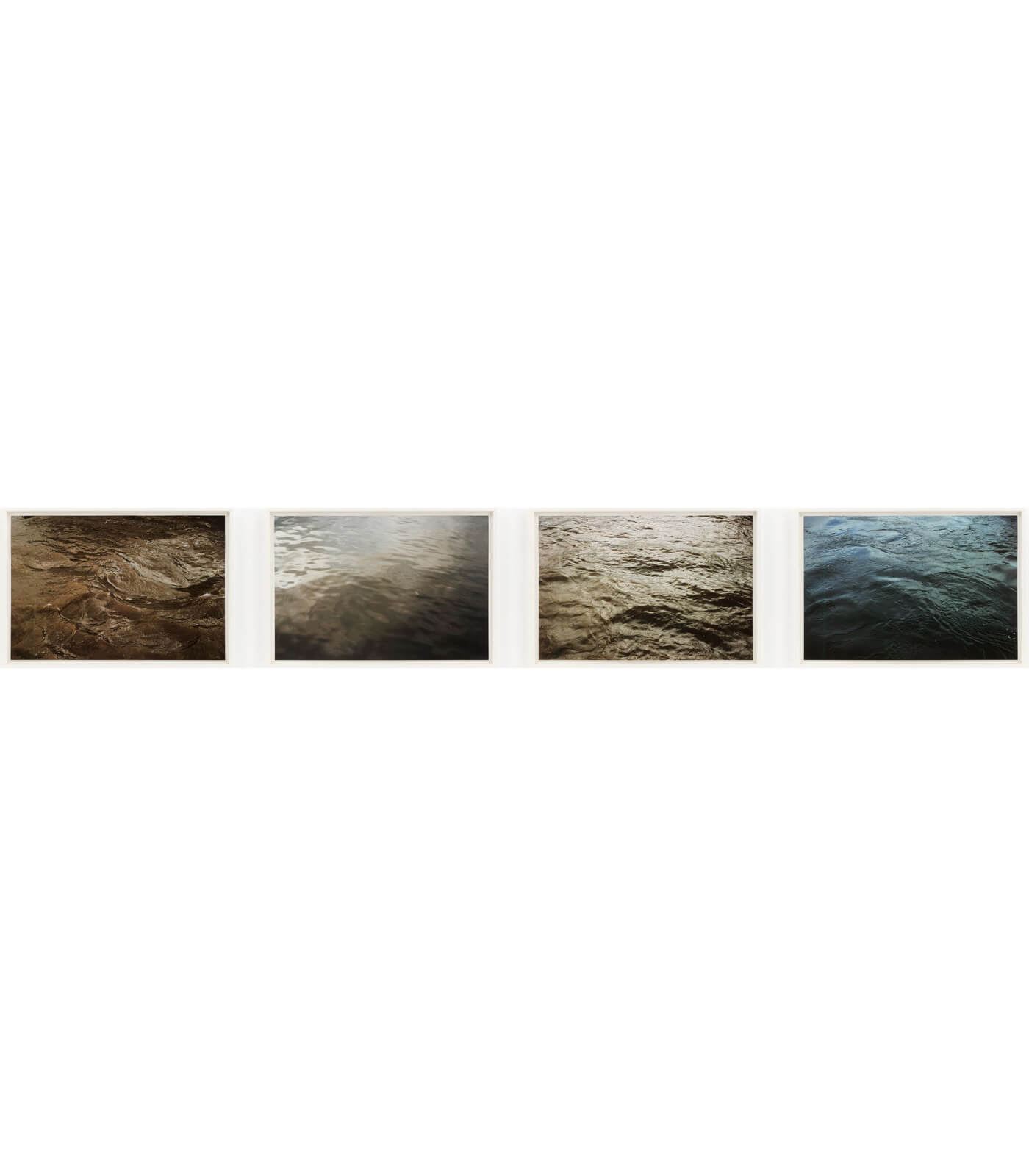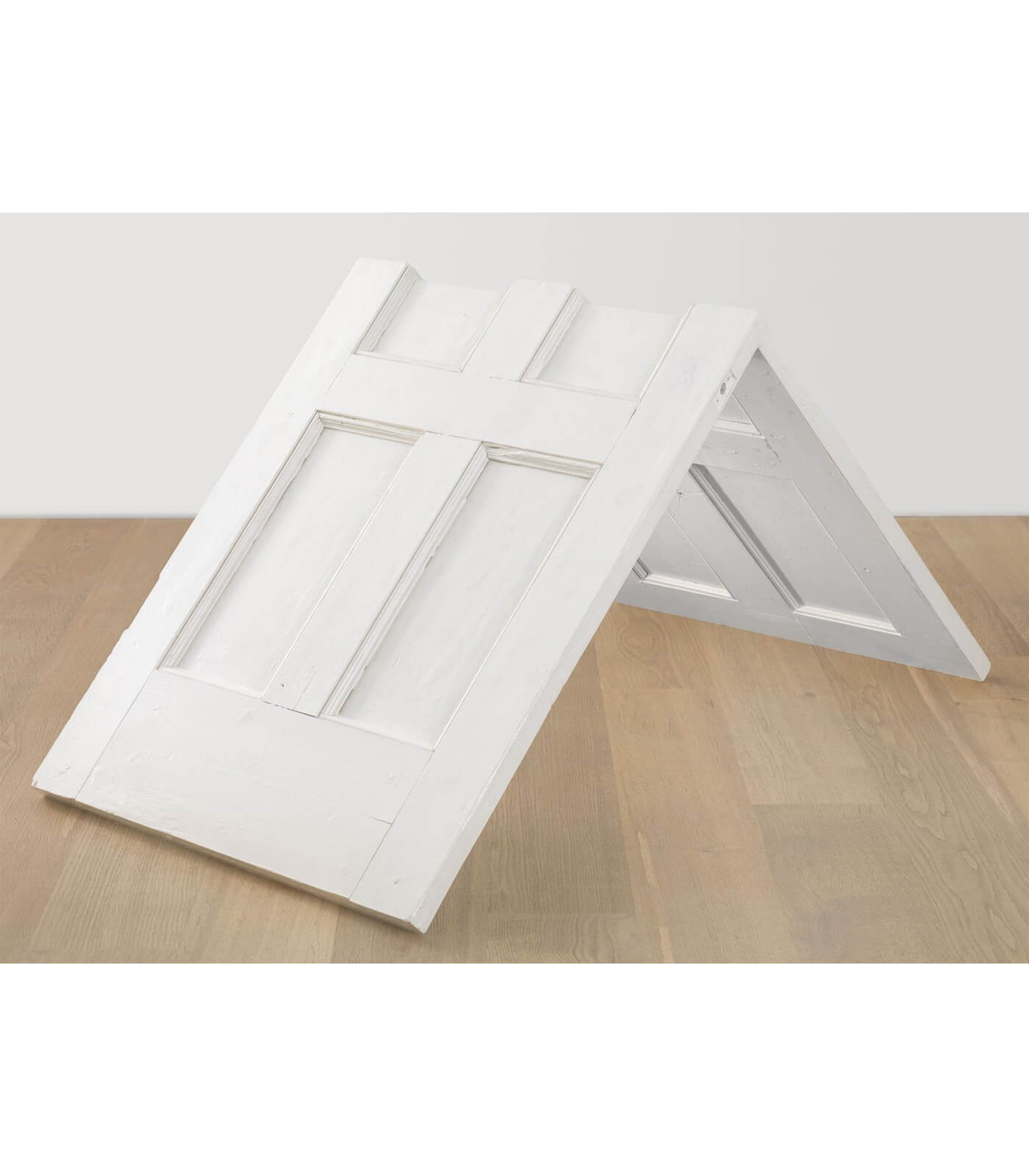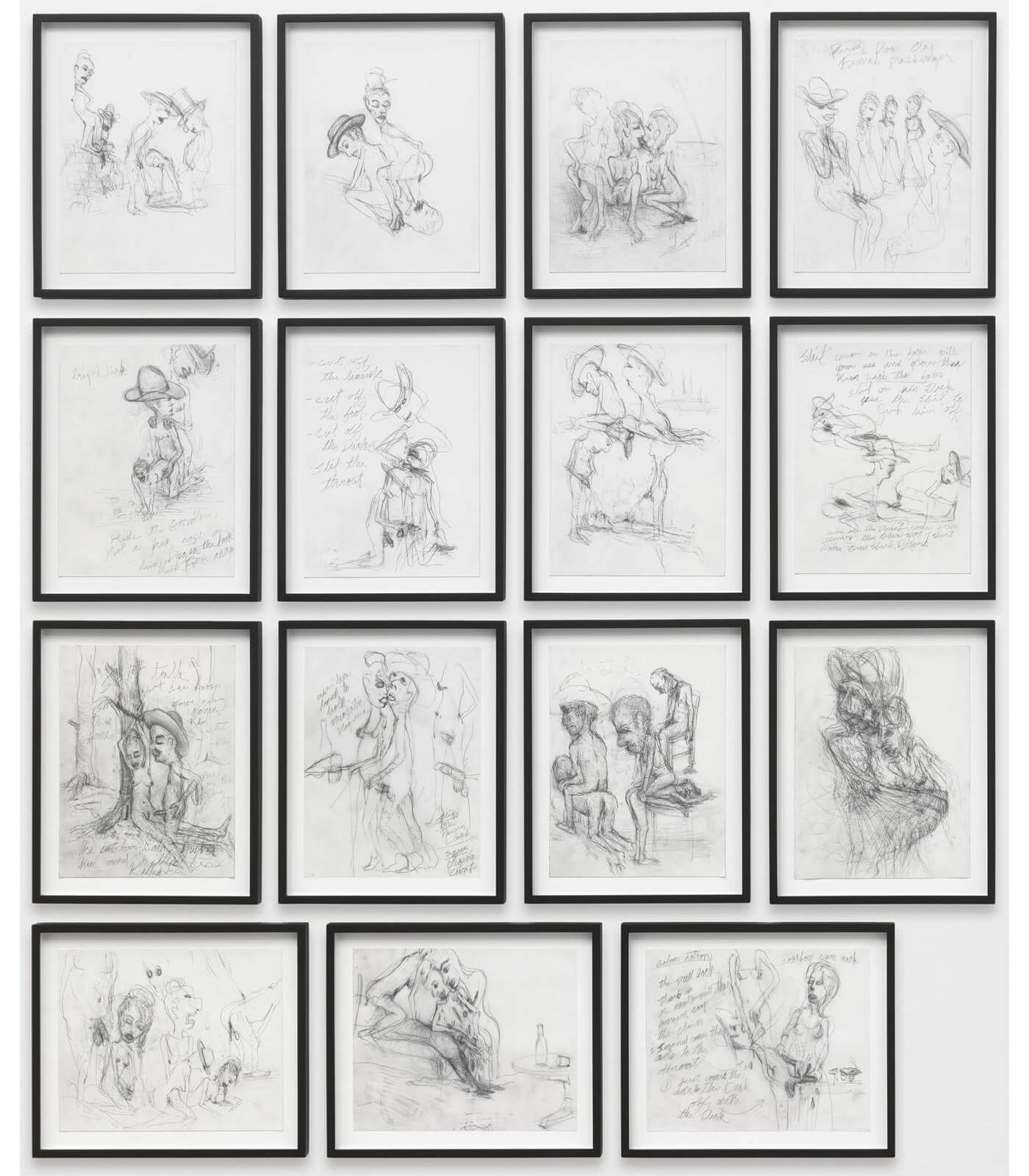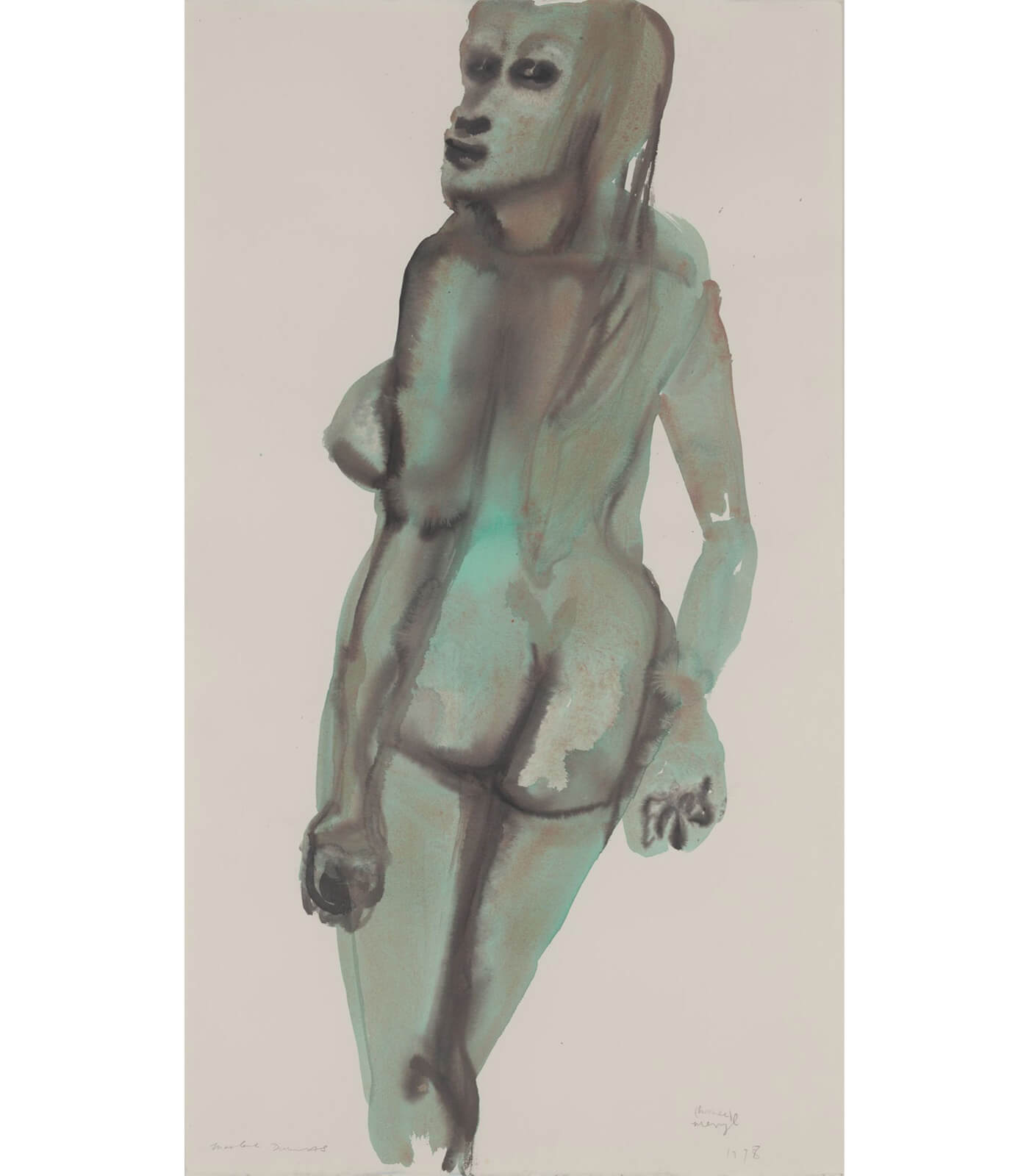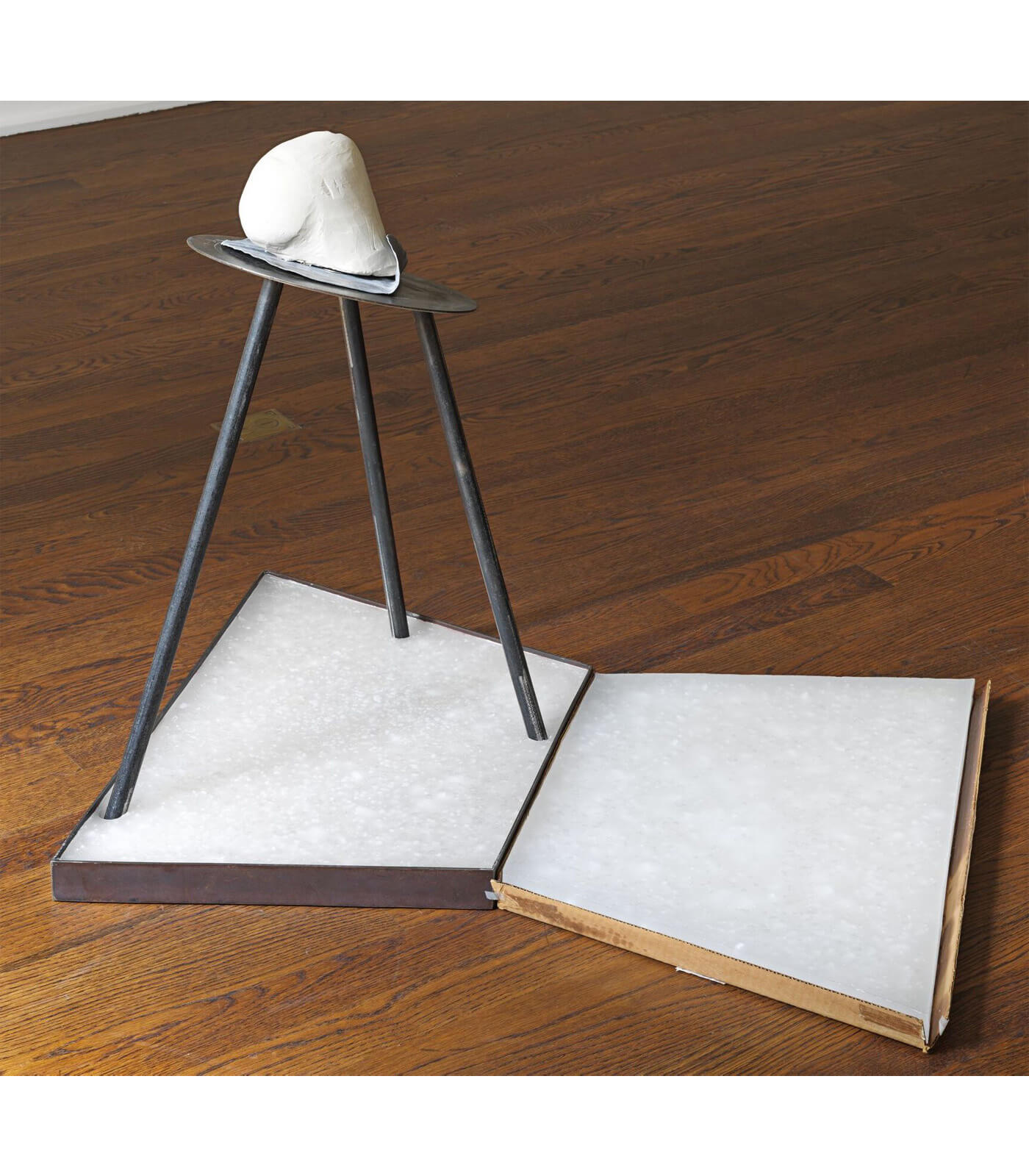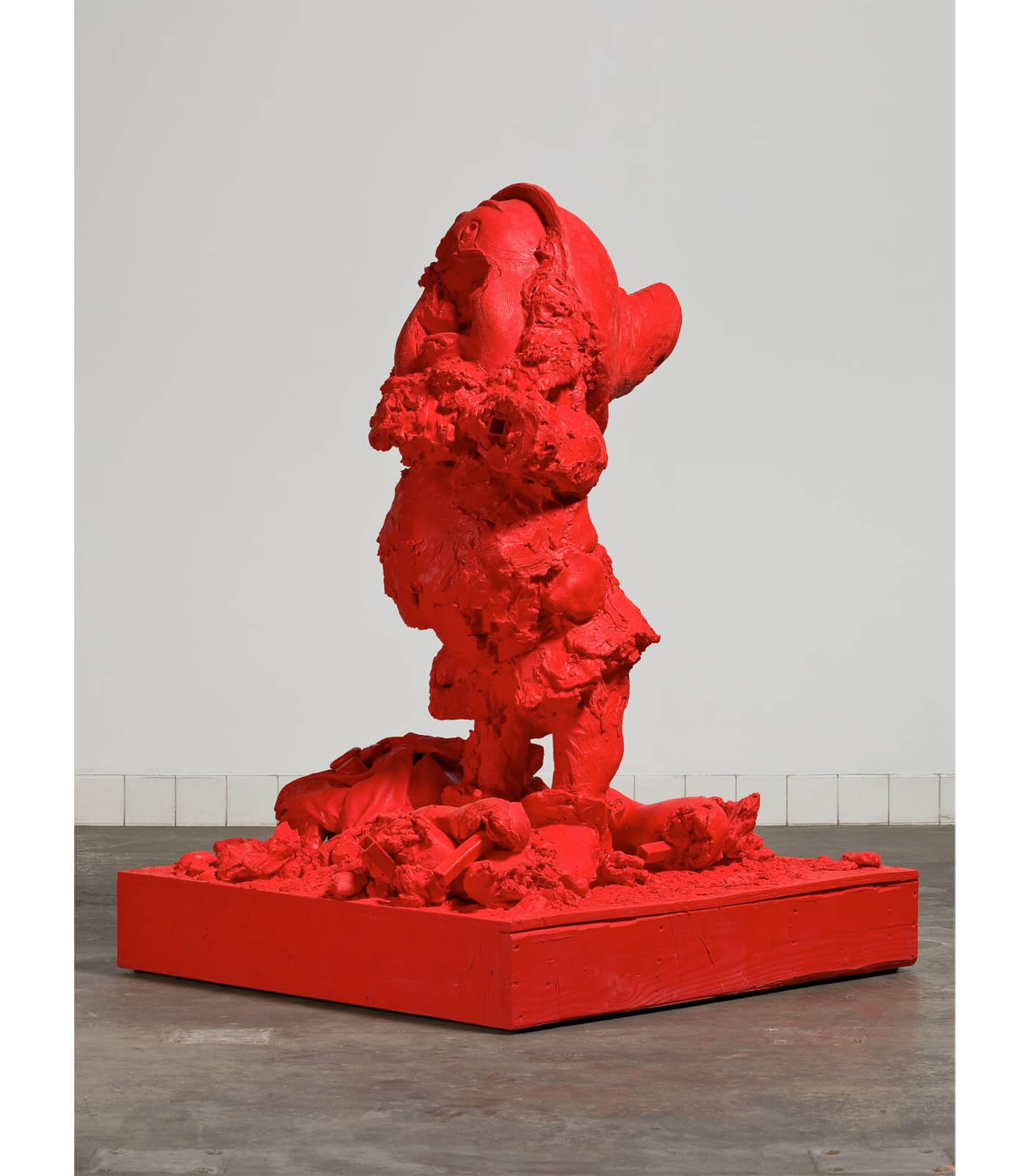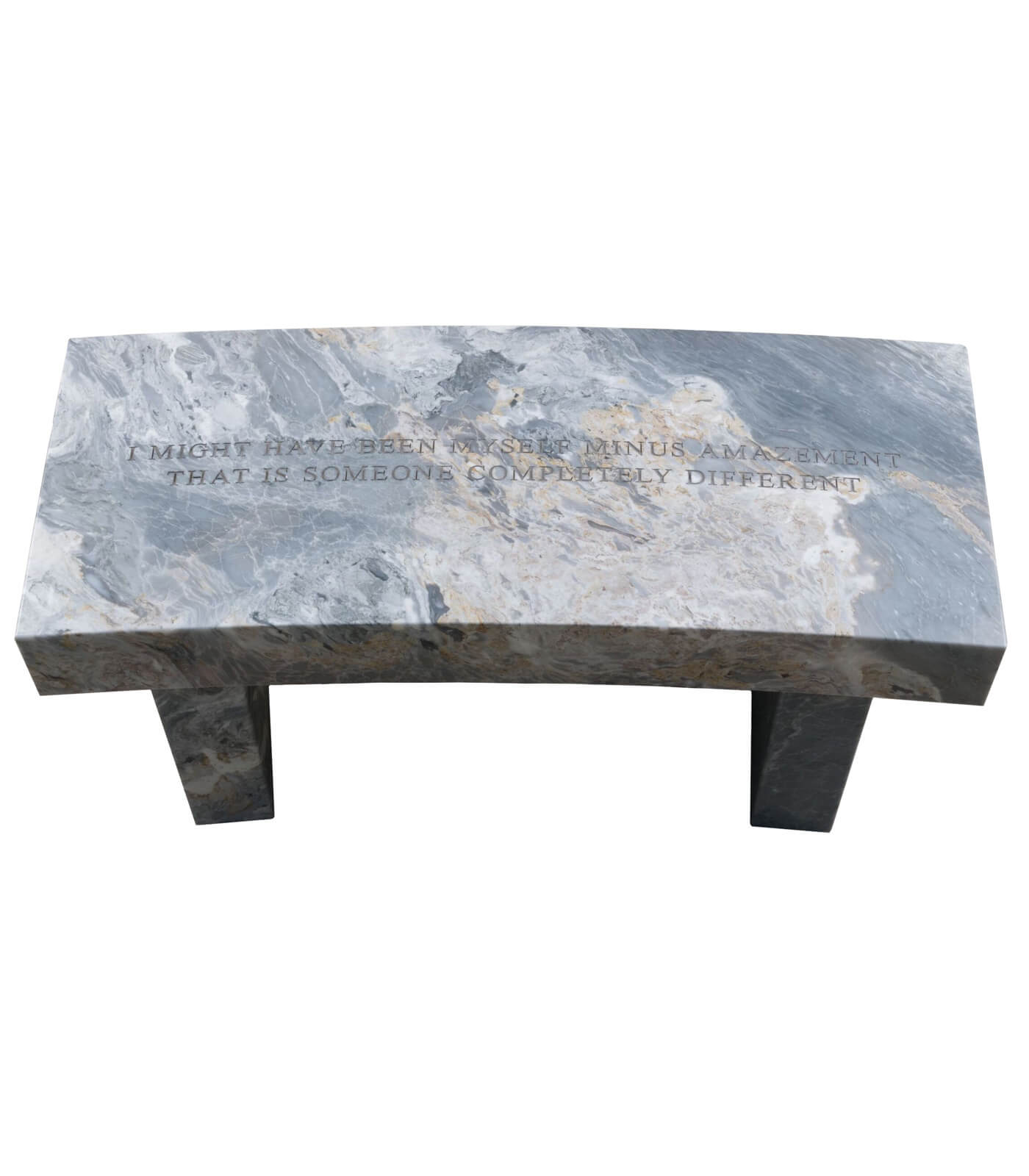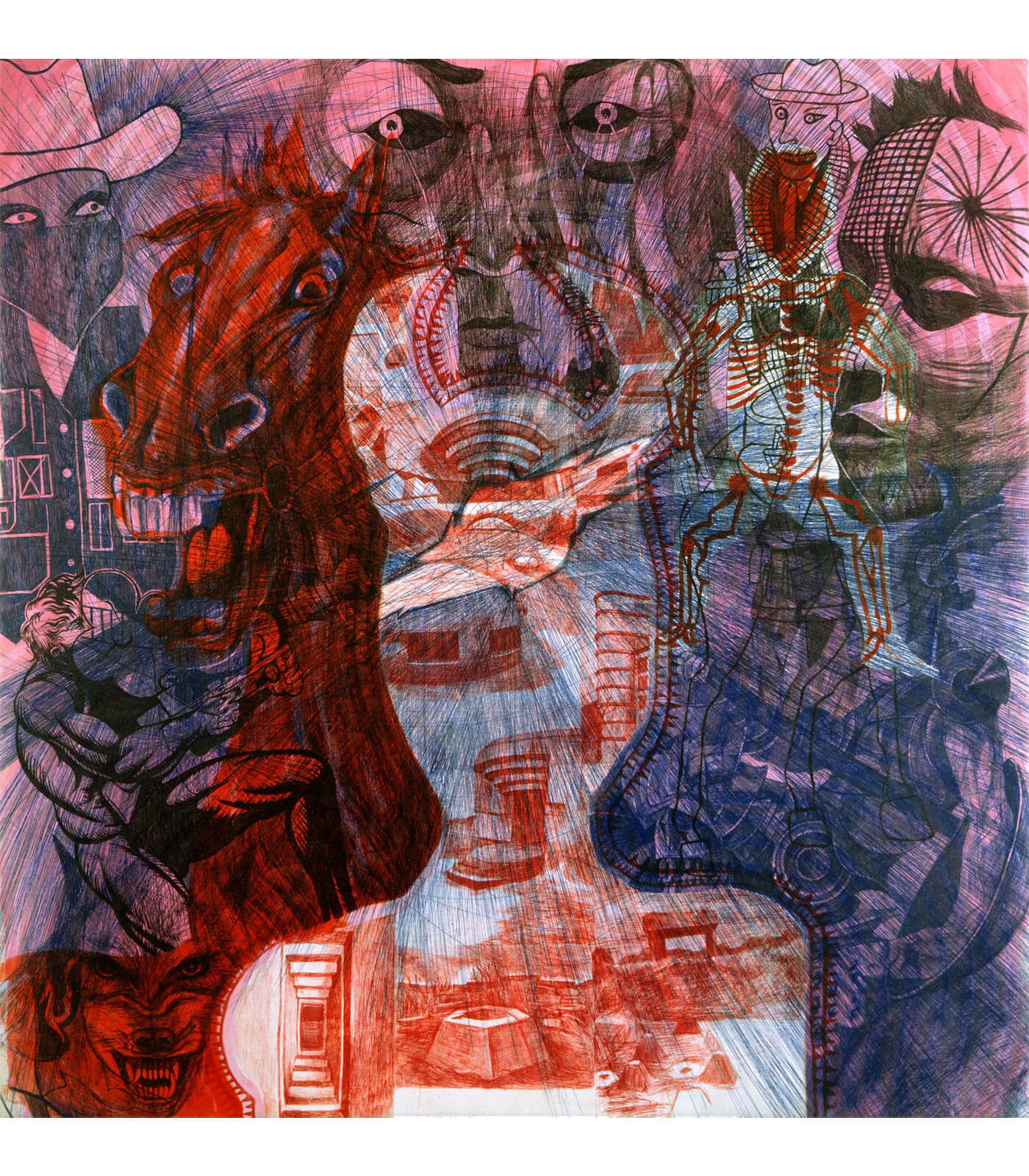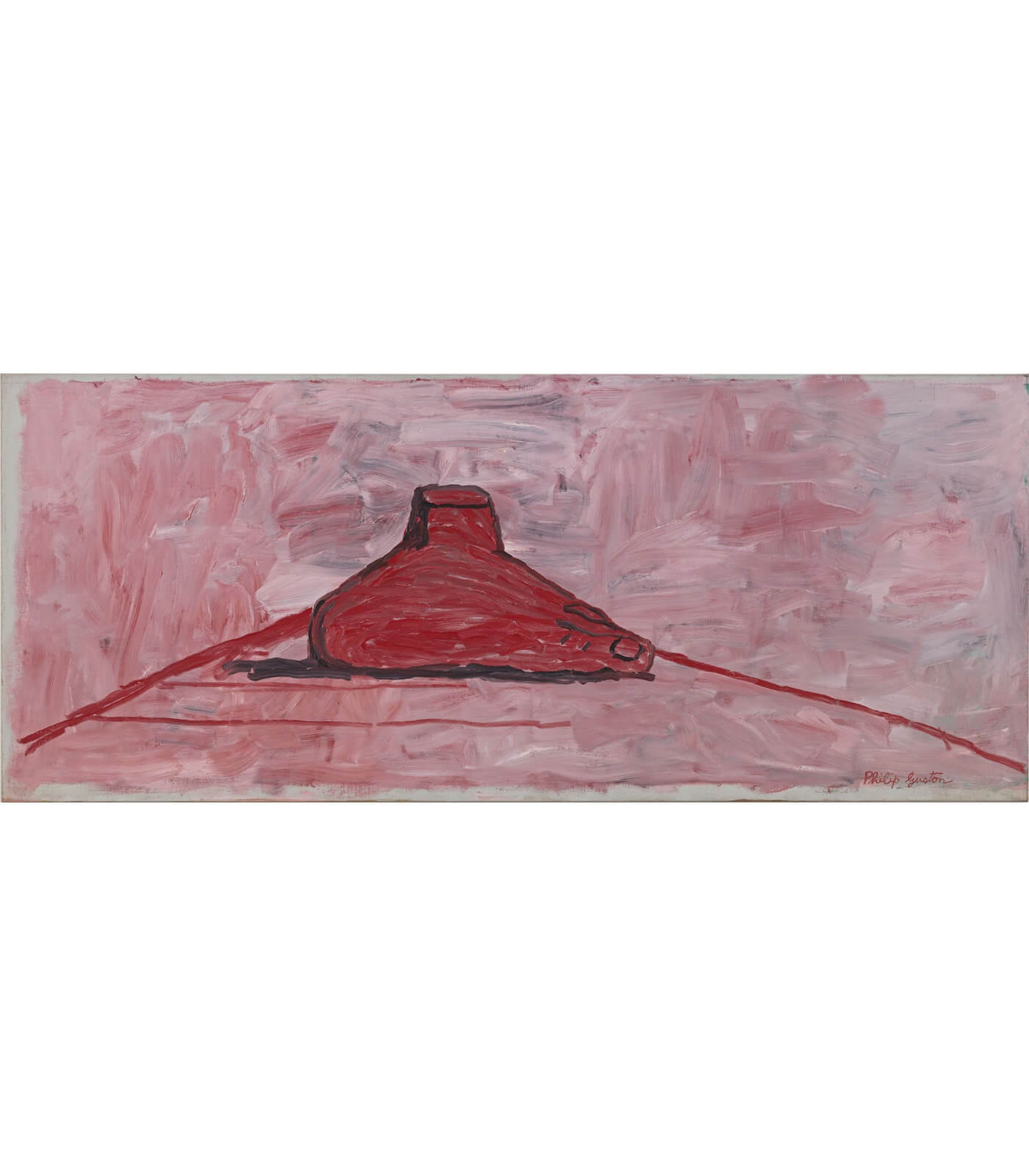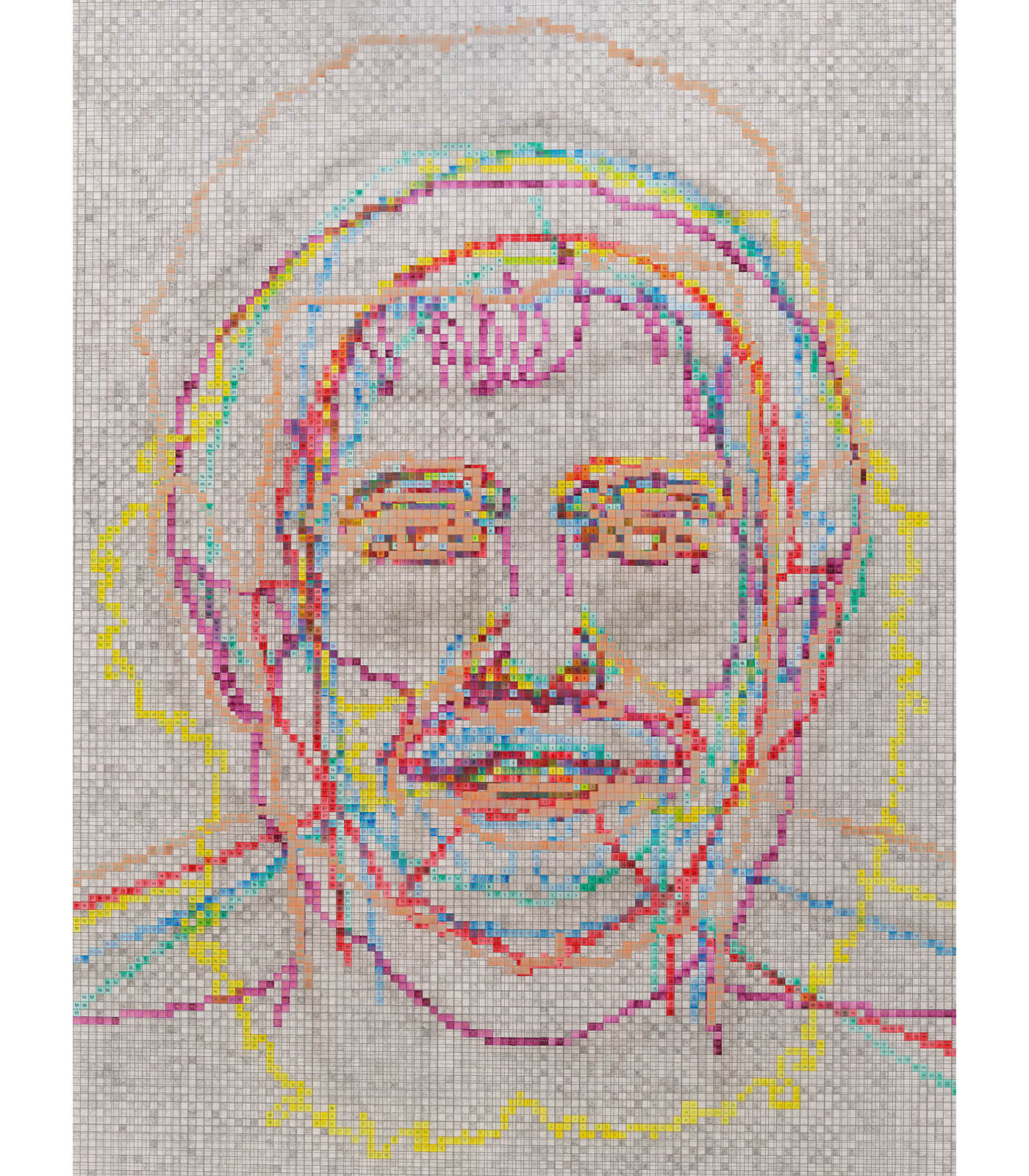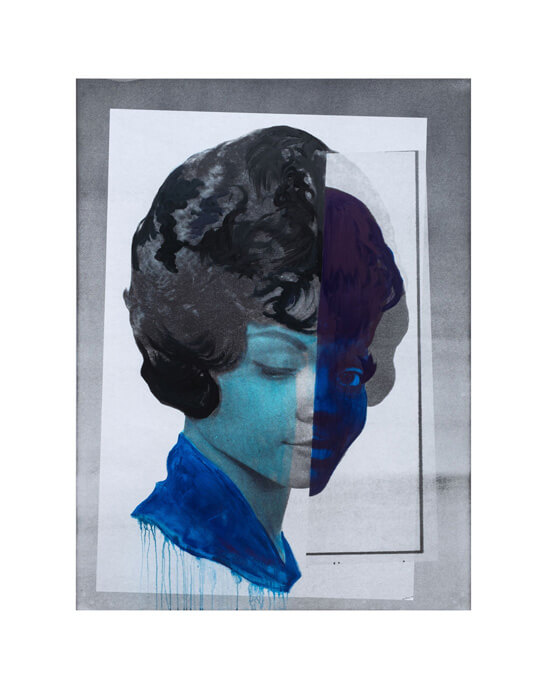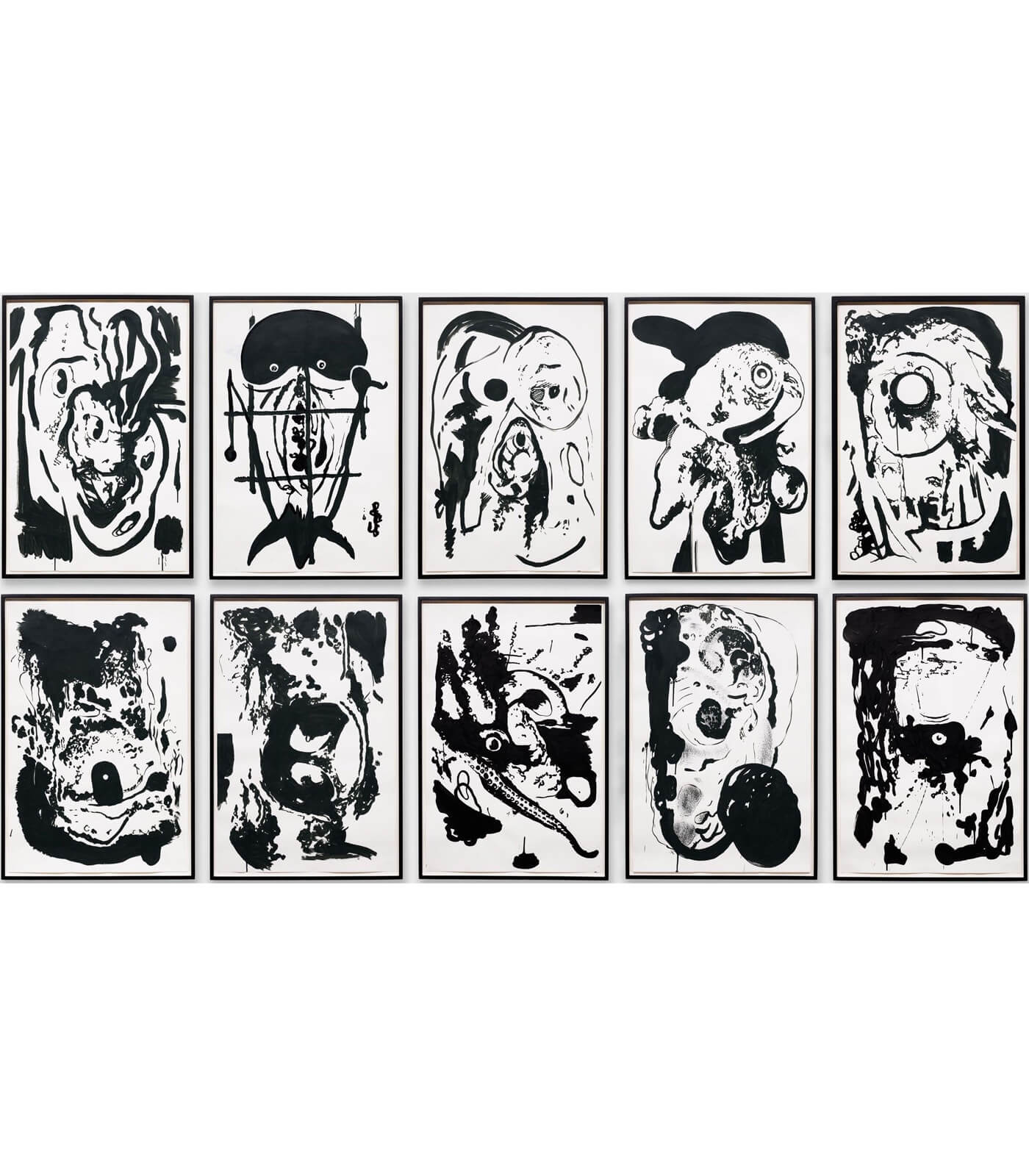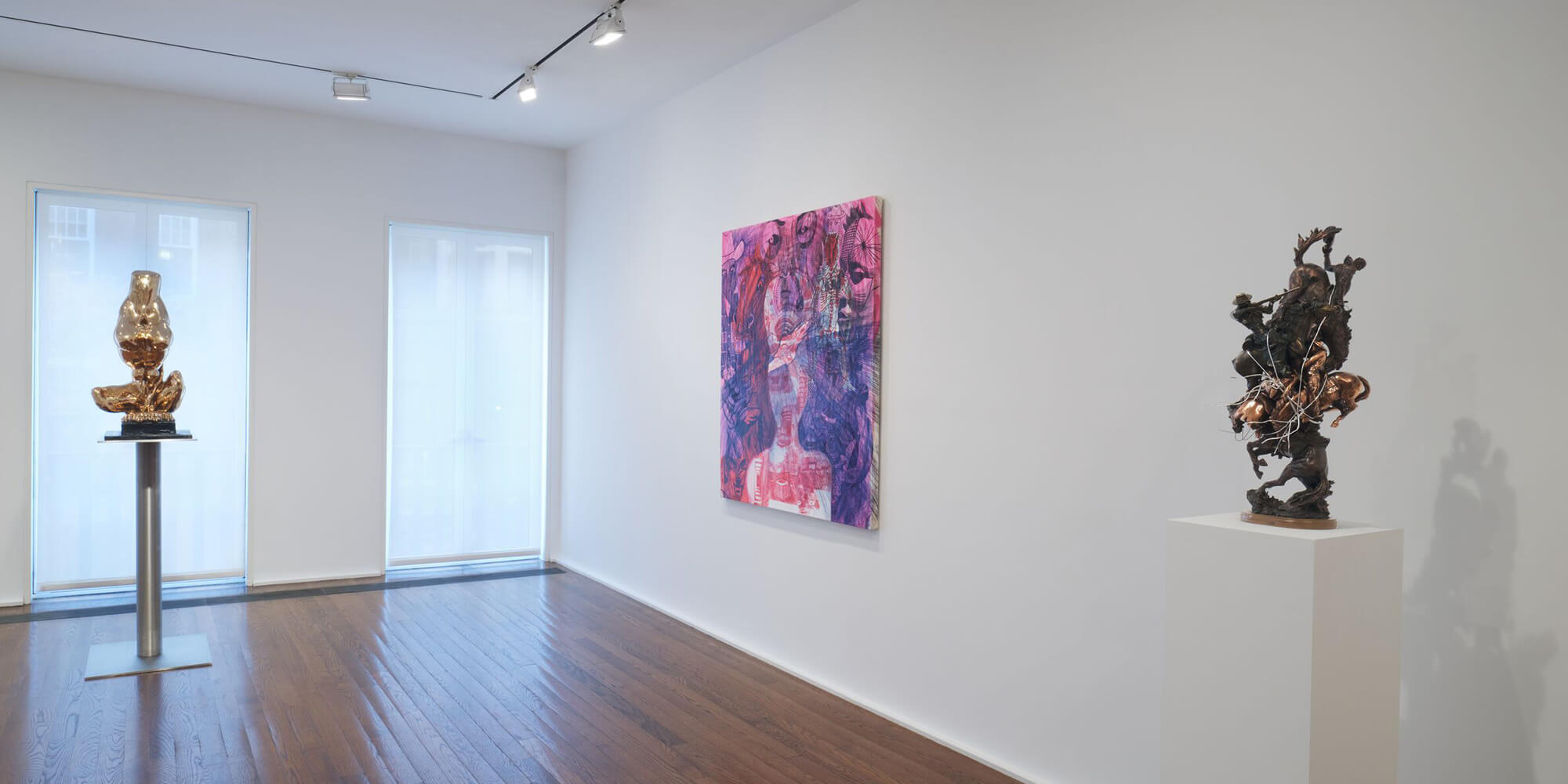
To Form a More Perfect Union
12 November – 19 December 2020
New York, 69th Street
Artists included in ‘To Form a More Perfect Union’ are Rita Ackermann, Louise Bourgeois, George Condo, Marlene Dumas, Charles Gaines, Robert Gober, Philip Guston, David Hammons, Jenny Holzer, Roni Horn, Rashid Johnson, Mike Kelley, Takesada Matsutani, Paul McCarthy, Marisa Merz, Carol Rama, and Lorna Simpson.
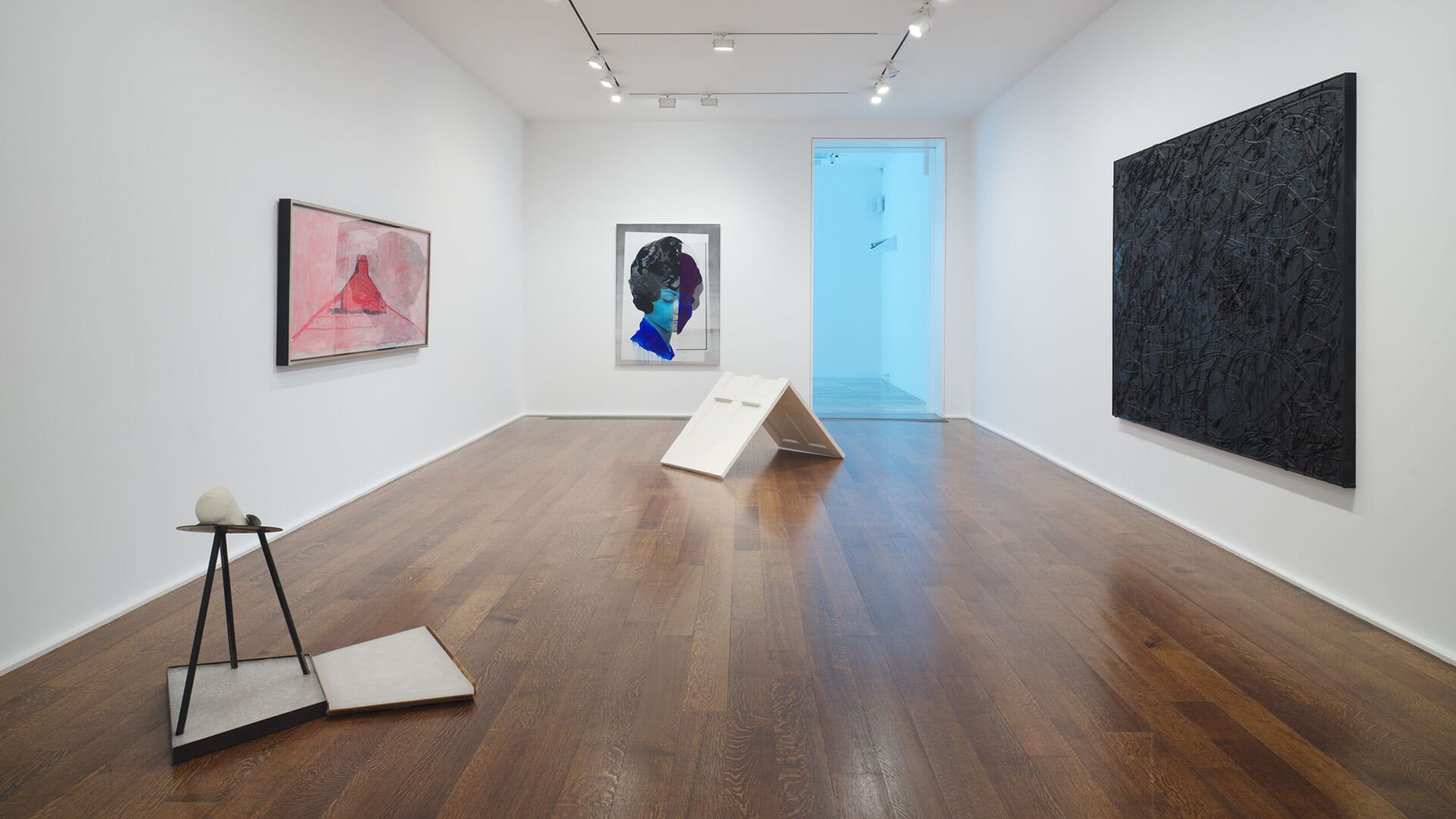
Explore the exhibition
Beginning 12 November, Hauser & Wirth will debut ‘To Form a More Perfect Union,’ a special presentation juxtaposing significant works of postwar modern and contemporary art to explore unexpected affinities and suggest fresh art historical narratives revealed by the context of our troubled times.
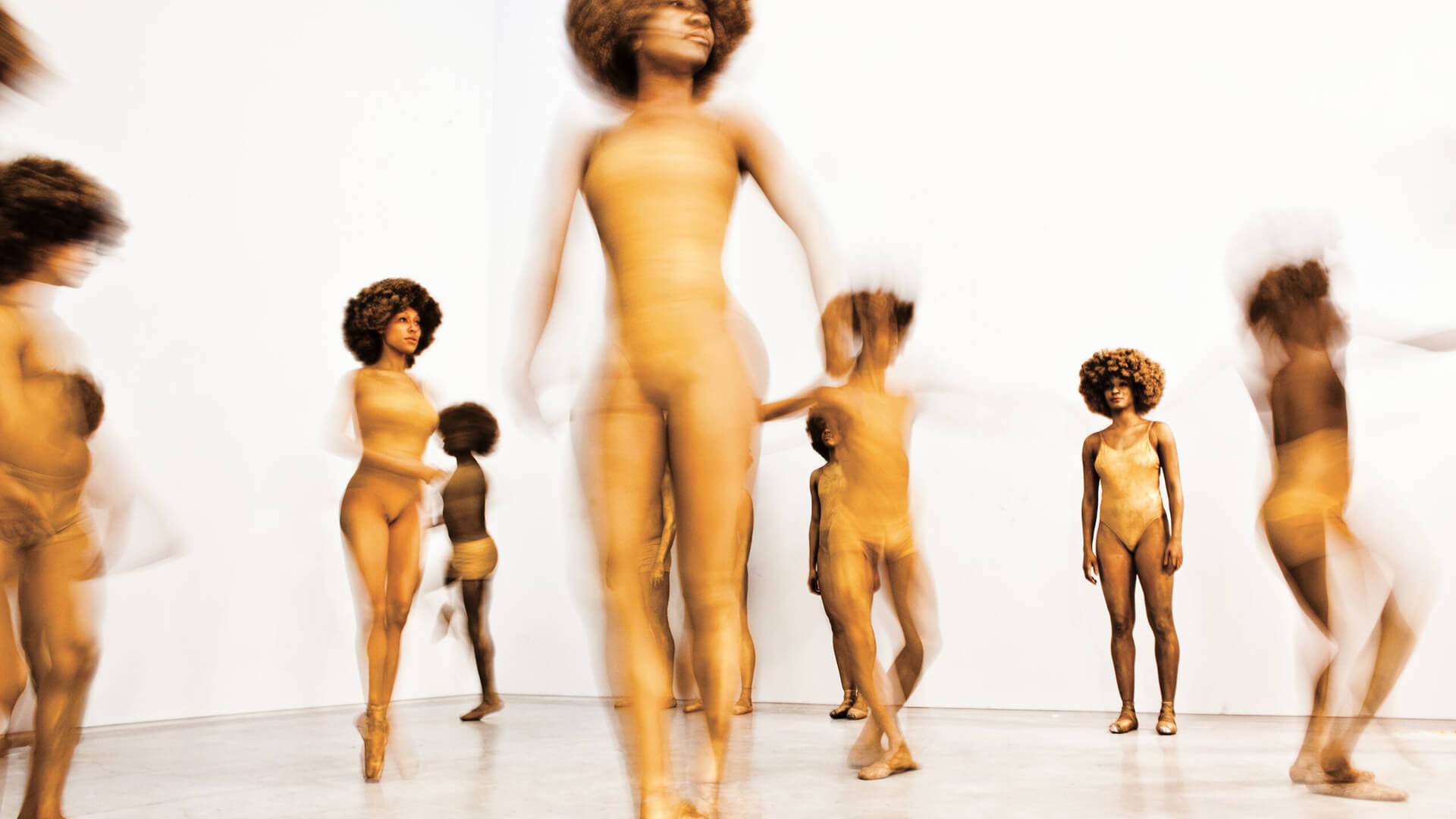
Organized by Koji Inoue, International Senior Director for Post-war and Contemporary Art, ‘To Form a More Perfect Union’ responds to the collective experience of intense fracturing and dislocation that have characterized this year of 2020 — the social distancing that has separated us physically, the social justice movement that has laid bare deep ravines of separation in our society.
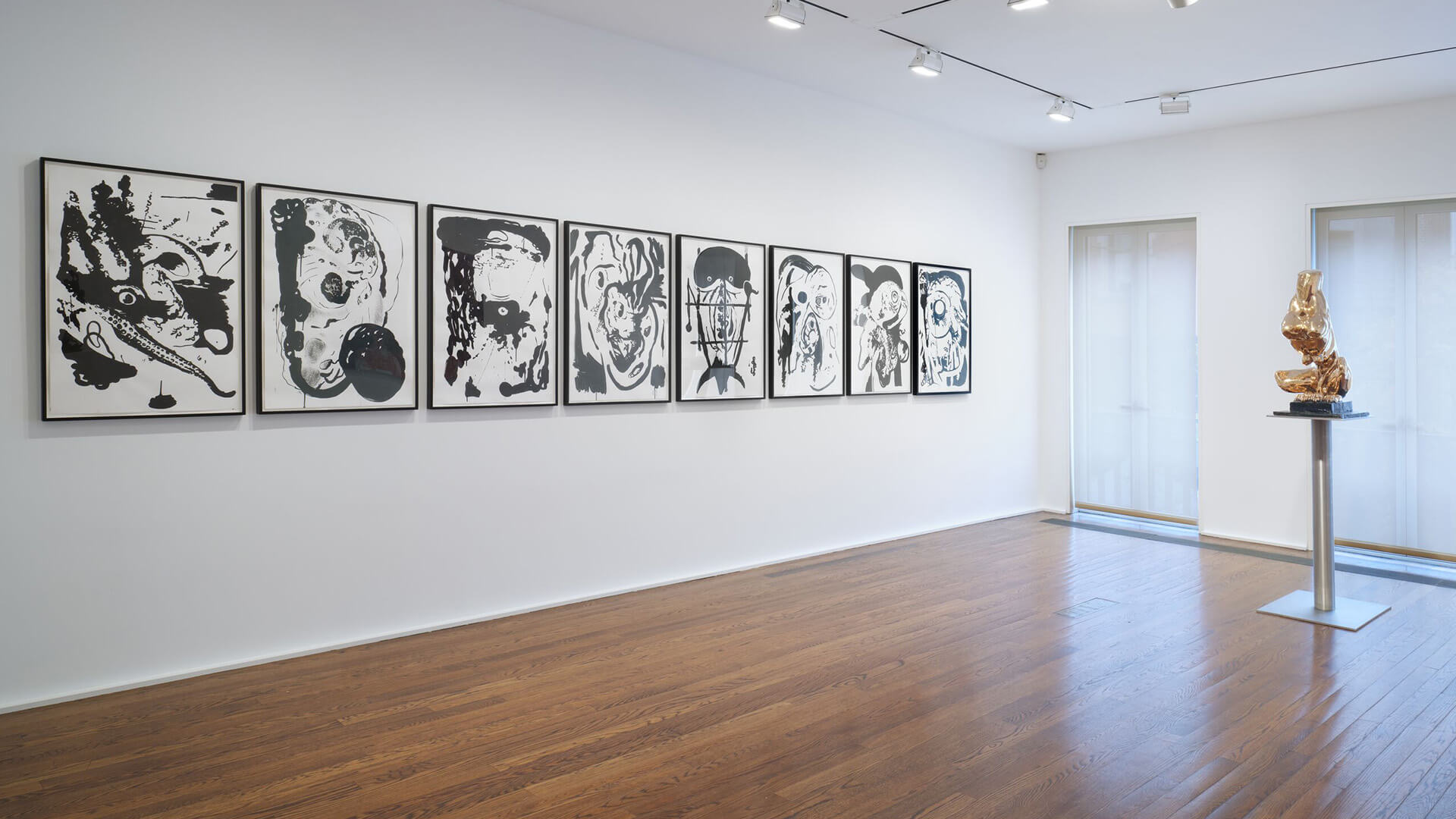
On view are paintings, works on paper, sculpture, and video installation made by 17 artists over the past fifty years. By long predating our current time of trauma, these objects suggest that the search for integration of the corporeal and the emotional is fundamental and universal, and that the struggle for a resolved sense of connection to one another is an ongoing effort without end.
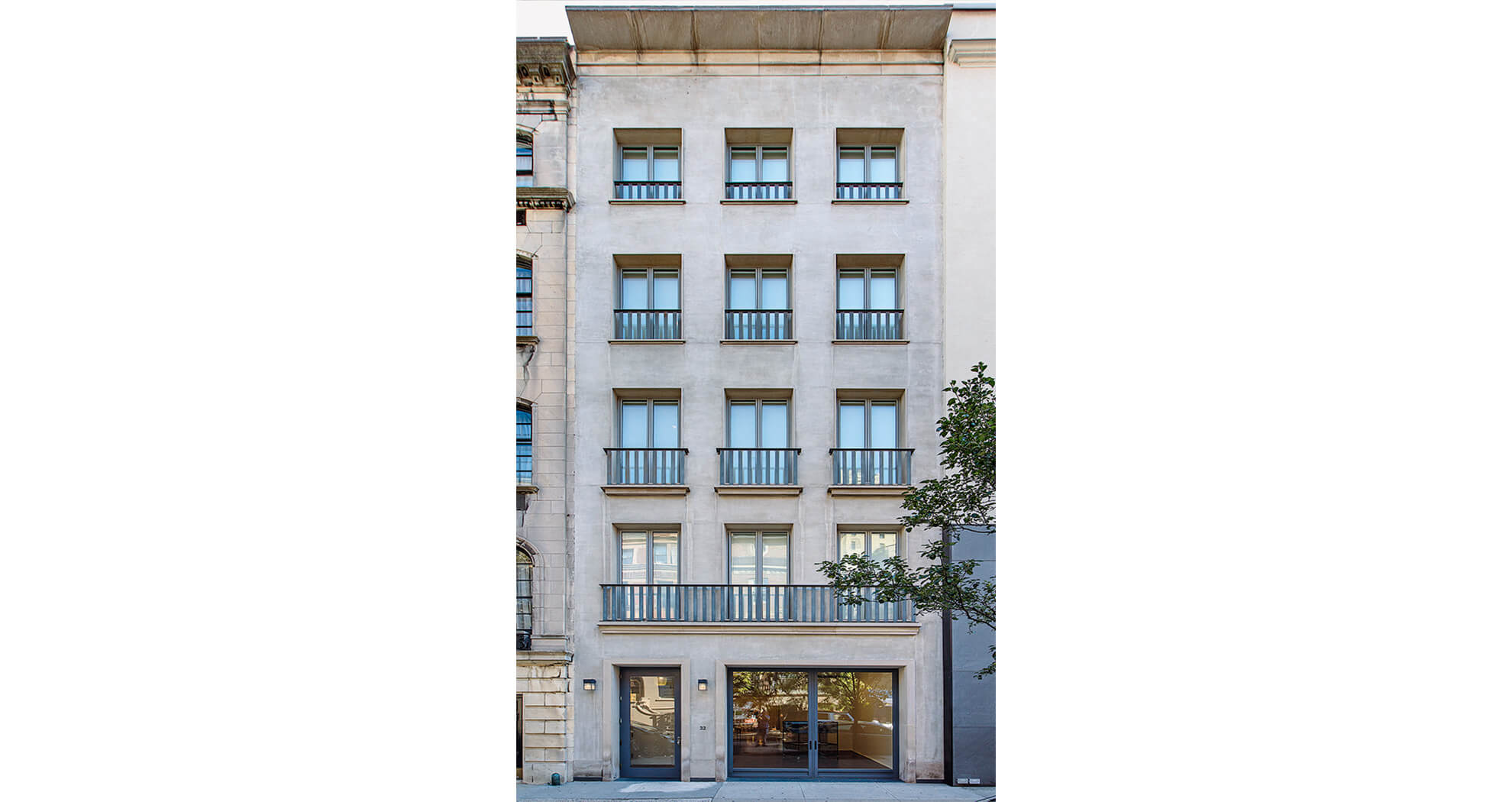
On view in New York
‘To Form a More Perfect Union’ is open for timed viewing appointments. To book a timed viewing appointment, please make a reservation here. Viewing appointments will be released on a weekly basis. Please review viewing guidelines prior to your visit.
About the Artists
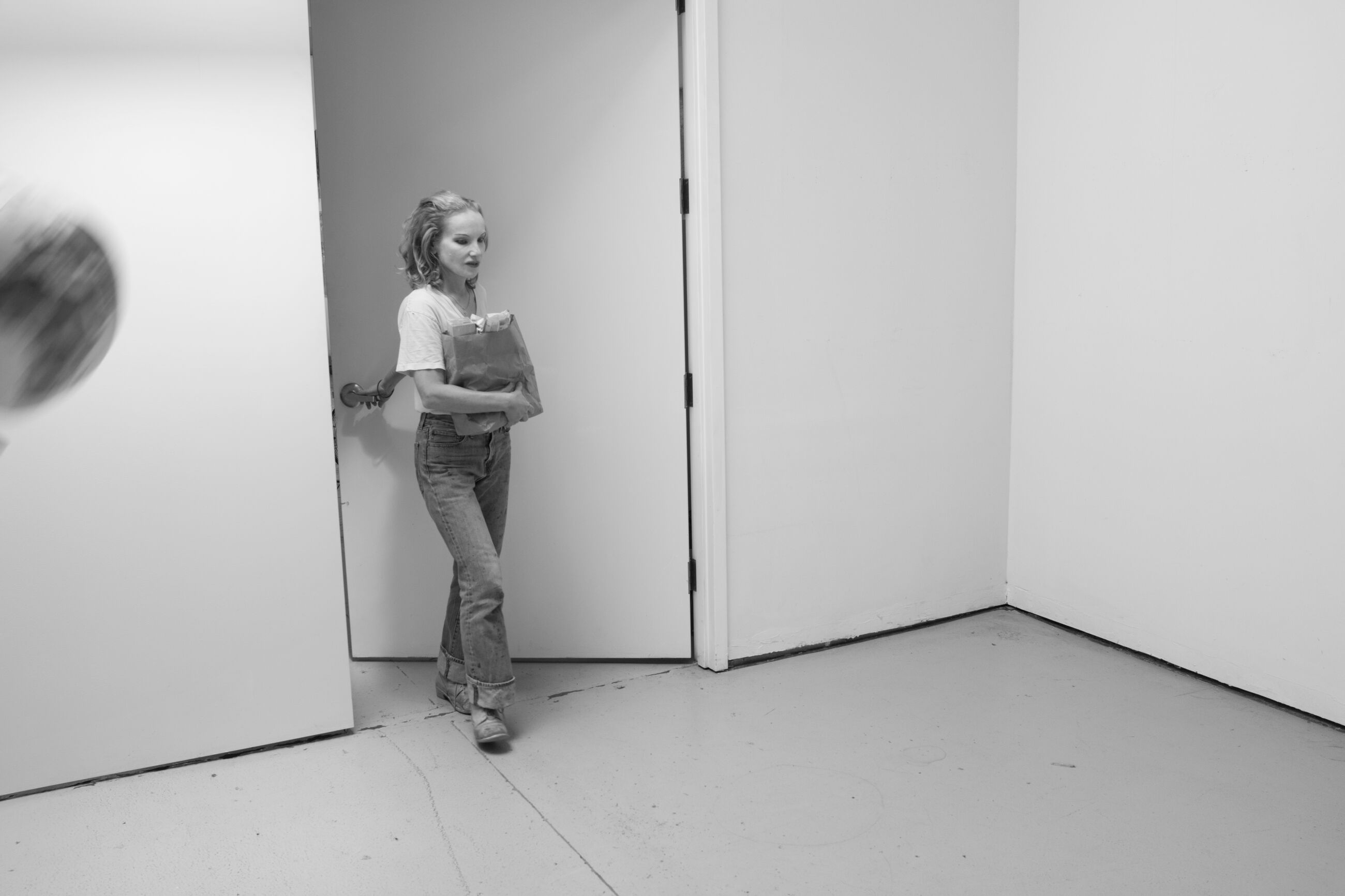
Rita Ackermann
Rita Ackermann (b. 1968, Budapest, Hungary) immigrated from Hungary to New York in 1992, where a formative body of work positioned her within the cultural zeitgeist of the city. At the outset of her early career, a breakthrough series of paintings—composed of bold contour lines and semi-transparent bodies—anticipated aesthetic and technological shifts that have proven remarkably timeless.
Though Ackermann’s works may be recursive, they are anchored by improvisation, disruption, and formal negation—the protein of her aesthetic. These elements were shaped in part by her engagement with cinema, particularly the films of Jean-Luc Godard and the theories of Paul Virilio, who viewed perception as structured by montage and fragmentation.
Ackermann’s paintings continue to bear the imprint of visual phenomena—not only in their subject, but in their structure. Images operate cryptically, fractured and charged with interior volatility. Their continual appearance and disappearance suggest that suspension, rather than development, is central to her method. The upshot has been a sustained visual practice that subtly confronts the tensions of the present.
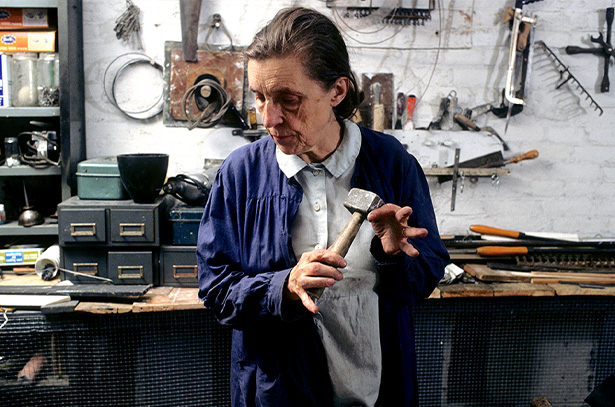
Louise Bourgeois
Born in France in 1911, and working in America from 1938 until her death in 2010, Louise Bourgeois is recognized as one of the most important and influential artists of our time. For over seven decades, Bourgeois’s creative process was fueled by an introspective reality, often rooted in cathartic re-visitations of early childhood trauma and frank examinations of female sexuality. Articulated by recurrent motifs (including body parts, houses and spiders), personal symbolism and psychological release, the conceptual and stylistic complexity of Bourgeois’s oeuvre—employing a variety of genres, media and materials—plays upon the powers of association, memory, fantasy, and fear.
Bourgeois’s work is inextricably entwined with her life and experiences: fathoming the depths of emotion and psychology across two- and three-dimensional planes of expression. ‘Art,’ as she once remarked in an interview, ‘is the experience, the re-experience of a trauma.’ Arising from distinct and highly individualized processes of conceptualization, Bourgeois's multiplicity of forms and materials enact a perpetual play: at once embedding and conjuring emotions, only to dispel and disperse their psychological grasp. Employing motifs, dramatic colors, dense skeins of thread, and vast variety of media, Bourgeois's distinctive symbolic code enmeshes the complexities of the human experience and individual introspection.
Rather than pursuing formalist concerns for their own sake, Bourgeois endeavored to find the most appropriate means of expressing her ideas and emotions, combining a wide range of materials—variously, fabric, plaster, latex, marble and bronze—with an endless repertoire of found objects. Although her oeuvre traverses the realms of painting, drawing, printmaking, and performance, Bourgeois remains best known for her work in sculpture.
Bourgeois’s early works include her distinct 'Personages' from the late 1940s and early 1950s; a series of free-standing sculptures which reference the human figure and various urban structures, including skyscrapers. The ‘Personages’ served as physical surrogates for the friends and family Bourgeois had left behind in France, while also highlighting an interest in architecture dating back to her childhood. Her installation of these sculptures as clustered ‘environments’ in 1949 and 1950 foreshadowed the immersive encounters of installation art twenty years before the genre’s rise to prominence.
Bourgeois’s work was included in the seminal exhibition ‘Eccentric Abstraction,’ curated by Lucy Lippard for New York's Fischbach Gallery in 1966. Major breakthroughs on the international scene followed with The Museum of Modern Art in New York's 1982 retrospective of her work; Bourgeois's participation in Documenta IX in 1992; and her representation of the United States at the 45th Venice Biennale in 1993.
In 2001, Bourgeois was the first artist commissioned to fill the Tate Modern’s cavernous Turbine Hall. The Tate Modern’s 2007 retrospective of her works, which subsequently traveled to the Centre Pompidou in Paris; The Guggenheim Museum in New York; The Museum of Contemporary Art in Los Angeles; and The Hirshhorn Museum & Sculpture Garden in Washington D.C., cemented her legacy as a foremost grande dame of late Modernism.
Header image: Louise Bourgeois, ARCHED FIGURE, 1993 © The Easton Foundation/VAGA, NY, Photo: Christopher Burke
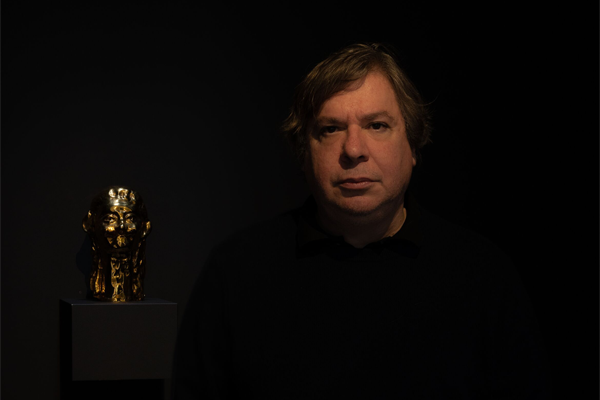
George Condo
Born in Concord, New Hampshire in 1957, George Condo lives and works in New York City. He studied Art History and Music Theory at the University of Massachusetts in Lowell, where he became particularly inspired by a course on Baroque and Rococo painting. He moved to Boston and played in a punk band, ‘The Girls;’ relocated to New York, where he worked as a printer for Andy Warhol; and spent a year studying Old Master glazing techniques in Los Angeles. During his first trip to Europe in 1983, Condo connected with the anarchic Mülheimer Freiheit group in Cologne which included painters Jiri Georg Dokoupil and Walter Dahn.
Condo would soon go on to spend a decade in Europe: in 1985 he moved to Paris and did not return to New York permanently until 1995, with the birth of his second child. During this period, Condo invented his hallmark ‘artificial realism’ and made his first foray into sculpture. Firmly rooted back in New York, he received his first major award, the Academy Award in Art from the American Academy of Arts and Letters, in 1999, followed by the Francis J. Greenberger Award in 2005. Further accolades for this constant innovator would follow: Condo was a 2013 honoree of the New York Studio School alongside writer Musa Mayer and poet Bill Berkson, and BOMB Magazine’s 2018 Anniversary Gala Honoree.
Condo had his first solo show in 1983 at the Ulrike Kantor Gallery in Los Angeles. Since then, his work has appeared in a number of solo exhibitions. In 2023 the Nouveau Musée National de Monaco presented 'Humanoids', a solo exhibition of Condo's work, and in 2021 the Long Museum in Shanghai presented 'The Picture Gallery', the largest solo exhibition by George Condo in Asia to date. In 2017 a retrospective of Condo’s works on paper, ‘The Way I Think,’ traveled internationally from The Phillips Collection, Washington DC to the Louisiana Museum of Modern Art, Humlebæk, Denmark. In a large-scale exhibition one year prior, ‘Confrontation’ at the Staatliche Museen zu Berlin – Museum Berggruen in Berlin, Germany, work by Condo was presented alongside some of his major art historical reference points: masterpieces by Cézanne, Picasso, Matisse, Klee, and Giacometti. Condo’s portraiture was the subject of the 2011 – 2012 ‘Mental States,’ a mid-career survey exhibition which traveled from the New Museum, New York to the Museum Boijmans Van Beuningen, Rotterdam, Netherlands, Hayward Gallery, London, United Kingdom, and Schirn Kunsthalle, Frankfurt, Germany; and the 2005 ‘One Hundred Women. Retrospective’ shown at the Museum of Modern Art, Salzburg, Austria, and Kunsthalle Bielefeld, Bielefeld, Germany.
In addition to appearing in solo and group exhibitions, Condo’s work has been honored with inclusion in Biennials in the United States and abroad. In 2019 he participated in the 58th Venice Biennale’s ‘May You Live In Interesting Times.’ His work was also exhibited in the Venice Biennale six years prior, in 2013. Other biennials in which Condo has participated include the 13th Biennale de Lyon in 2015, the 10th Gwangju Biennale in 2014, the 2010 and 1987 iterations of the Whitney Biennial, and the 48th Corcoran Biennial in Washington DC in 2005. Condo’s work can be found in renowned public collections internationally, including: Art Gallery of Ontario, Toronto, Canada; Astrup Fearnley Museum of Modern Art, Oslo, Norway; Centre Georges Pompidou, Paris, France; Dakis Joannou Collection Foundation, Athens, Greece; Museu d’Art Contemporani, Barcelona, Spain; Staedel Museum, Frankfurt, Germany; Tate Modern, London, United Kingdom; The Broad Collection, Los Angeles CA; The Metropolitan Museum of Art, New York NY; The Museum of Modern Art, New York NY; The National Gallery of Art, Washington DC; The Solomon R. Guggenheim Museum, New York NY; and the Whitney Museum of American Art, New York NY.
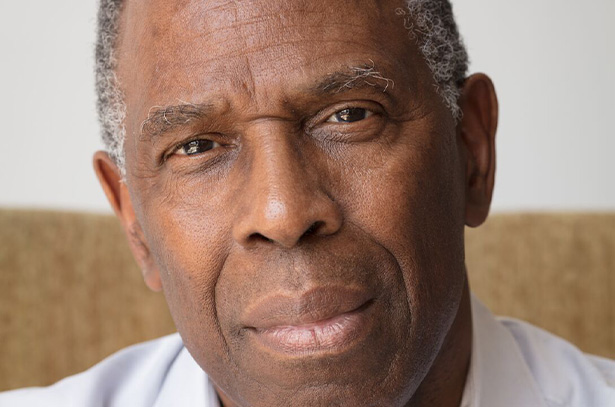
Charles Gaines
A pivotal figure in the field of conceptual art, Charles Gaines’ body of work engages formulas and systems that interrogate relationships between the objective and the subjective realms. Using a generative approach to create a series of works in a variety of mediums, he has built a bridge between the early conceptual artists of the 1960s and 1970s and subsequent generations of artists pushing the limits of conceptualism today.
Born in 1944 in Charleston, South Carolina, Gaines began his career as a painter, earning his M.F.A. from the School of Art and Design at the Rochester Institute of Technology in 1967. In the 1970s, Gaines’ art shifted dramatically in response to what he would later call ‘the awakening.’ Gaines’ epiphany materialized in a series called Regression (1973 – 1974), in which he explored the use of mathematical and numeric systems to create soft, numbered marks in ink on a grid, with each drawing built upon the calculations of the last. This methodical approach would carry the artist into the subsequent decades of his artistic journey.
Working both within the system and against it, Gaines points to the tensions between the empirical objective and the viewers’ subjective response. The concept of identity politics has played a central role within Gaines’ oeuvre, and the radical approach he employs addresses issues of race in ways that transcend the limits of representation.
Gaines lives and works in Los Angeles. He has been the subject of numerous exhibitions in the United States and around the world, most notably a major survey at The Institute of Contemporary Art, Miami, which traveled to the Phoenix Art Museum; a mid-career survey at the Pomona College Museum of Art and the Pitzer College Art Gallery in Claremont CA; a museum survey of early works at The Studio Museum, Harlem NY and the Hammer Museum, Los Angeles CA; and presentations at the 1975 Whitney Biennial and the Venice Biennale in 2007 and 2015. An exhibition of his work is also currently on long-term view at Dia:Beacon in New York. In 2022, Gaines launched his most ambitious public art project yet, ‘The American Manifest,’ presented by Creative Time, Governors Island and Times Square Arts. The third and final chapter of ‘The American Manifest,’ organized by Creative Time, will travel to the banks of the Ohio River in 2025. Additional forthcoming public commissions include the mural ‘Numbers and Trees: Cincinnati Cottonwoods,’ organized by Cincinnati nonprofit ArtWorks (June 2025); ‘Hanging Tree’ at Equal Justice Initiative’s Freedom Monument Sculpture Park in Montgomery AL (June 2025); and a new work for the Intuit Dome in Inglewood CA (spring 2026). Gaines will be an artist-in-residence at Hauser & Wirth Somerset in spring 2025 and a book of his collected writings will be released by Hauser & Wirth Publishers in spring 2026.
In addition to his artistic practice, Gaines was on the faculty at CalArts School of Art for over 30 years, establishing a fellowship to provide critical scholarship support for Black students in the M.F.A. Art program. He has published several essays on contemporary art, including ‘Theater of Refusal: Black Art and Mainstream Criticism’ (University of California, Irvine, 1993) and ‘The New Cosmopolitanism’ (California State University, Fullerton, 2008). In 2019, Gaines received the 60th Edward MacDowell Medal. He was inducted into the National Academy of Design’s 2020 class of National Academicians and the American Academy of Arts and Letters in May 2022. In 2023, he received an honorary doctorate from his alma mater, the Rochester Institute of Technology in New York.
Gaines’ work is included in prominent public collections such as the Museum of Modern Art, New York NY; Whitney Museum of American Art, New York NY; The Studio Museum, Harlem NY; Hirshhorn Museum and Sculpture Garden, Washington DC; Museum of Contemporary Art, Chicago IL; Hammer Museum, Los Angeles CA; Los Angeles County Museum of Art, Los Angeles CA; Museum of Contemporary Art, Los Angeles CA; San Francisco Museum of Modern Art, San Francisco CA; and Tate, London, UK.
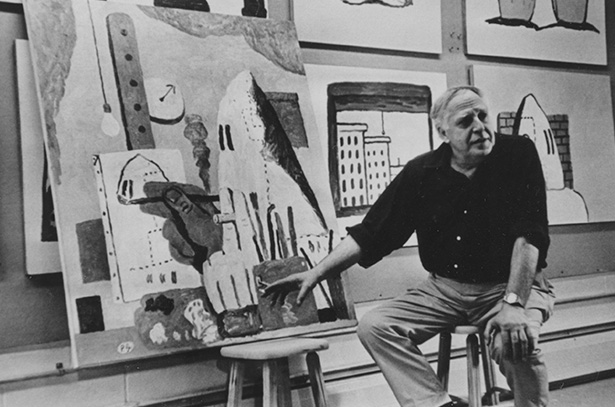
Philip Guston
Philip Guston (1913 – 1980) is one of the great luminaries of twentieth-century art. His commitment to producing work from genuine emotion and lived experience ensures its enduring impact. Guston’s legendary career spanned a half century, from 1930 to 1980. His paintings—particularly the liberated and instinctual forms of his late work—continue to exert a powerful influence on younger generations of contemporary painters. For an in-depth overview of his career, click here.
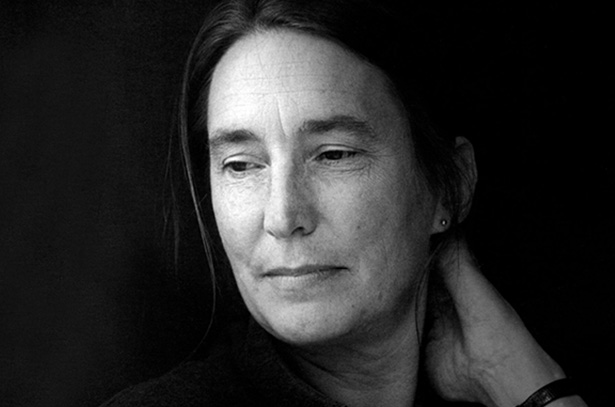
Jenny Holzer
Jenny Holzer is an American conceptual and installation artist whose work deploys text in public spaces across an array of media, including electronic signs, carved stone, paintings, billboards, and printed materials. Holzer’s oeuvre provokes public debate and illuminates social and political justice. Celebrated for her inimitable use of language and projects in the public sphere, Holzer creates a powerful tension between the realms of feeling and knowledge, with a practice that encompasses both individual and collective experiences of power and violence, vulnerability and tenderness.

Roni Horn
Roni Horn’s work consistently generates uncertainty to thwart closure. Important across her oeuvre is her longstanding interest to the protean nature of identity, meaning, and perception, as well as the notion of doubling; issues which continue to propel Horn’s practice.
Since the mid-1990s, Horn has been producing cast-glass sculptures. For these works, colored molten glass assumes the shape and qualities of a mold as it gradually anneals over several months. The sides and bottom of the resulting sculpture are left with the rough translucent impression of the mold in which it was cast. By stark contrast, the top surface is fire-polished and slightly bows like liquid under tension. The seductively glossy surface invites the viewer to gaze into the optically pristine interior of the sculpture, as if looking down on a body of water through an aqueous oculus. Exposed to the reflections from the sun or to the shadows of an overcast day, Horn’s glass sculpture relies upon natural elements like the weather to manifest her binary experimentations in color, weight and lightness, solidity and fluidity. The endless subtle shifts in the work’s appearance place it in an eternal state of mutability, as it refuses a fixed visual identity. Begetting solidity and singularity, the changing appearance of her sculptures is where one discovers meaning and connects her work to the concept of identity.
For Horn, drawing is a primary activity that underpins her wider practice. Her intricate works on paper examine recurring themes of interpretation, mirroring and textual play, which coalesce to explore the materiality of color and the sculptural potential of drawing. Horn’s preoccupation with language also permeates these works; her scattered words read as a stream of consciousness spiralling across the paper. In her ‘Hack Wit’ series, Horn reconfigures idiomatic turns of phrase and proverbs to engender nonsensical, jumbled expressions. The themes of pairing and mirroring emerge as she intertwines not only the phrases themselves but also the paper they are inscribed on, so that her process reflects the content of the drawings. Words are her images and she paints them expressionistically, which—combined with her method—causes letters to appear indeterminate, as if they are being viewed underwater.
Notions of identity and mutability are also explored within Horn’s photography, which tends to consist of multiple pieces and installed as a surround which unfolds within the gallery space. Examples include her series ‘The Selected Gifts, (1974 - 2015),’ photographed with a deceptively affectless approach that belies sentimental value. Here, Horn’s collected treasures float against pristine white backdrops in the artist’s signature serial style, telling a story of the self as mediated through both objects and others—what the artist calls ‘a vicarious self-portrait.’ This series, alongside her other photographic projects, build upon her explorations into the effects of multiplicity on perception and memory, and the implications of repetition and doubling, which remain central to her work.

Rashid Johnson
Born in Chicago in 1977, Rashid Johnson is among an influential cadre of contemporary American artists whose work employs a wide range of media to explore themes of art history, individual and shared cultural identities, personal narratives, literature, philosophy, materiality, and critical history. Johnson received a BA in Photography from Columbia College in Chicago and studied for his masters at the School of the Art Institute of Chicago. Johnson's practice quickly expanded to embrace a wide range of media—including sculpture, painting, drawing, film making, and installation—yielding a complex multidisciplinary practice that incorporates diverse materials rich with symbolism and personal history. Johnsons work is known for its narrative embedding of a pointed range of everyday materials and objects, often associated with his childhood and frequently referencing aspects of history and cultural identity. Many of Johnson’s more recent works delve into existential themes such as personal and collective anxiety, interiority, and liminal space.
Recent solo exhibitions include: ‘Rashid Johnson: A Poem for Deep Thinkers’, Guggenheim Museum, New York NY, 2025; ‘Seven Rooms and a Garden. Rashid Johnson + Moderna Museet’, Moderna Museet, Stockholm, Sweden, 2023; ‘Rashid Johnson. Nudiustertian’, Hauser & Wirth, Hong Kong, 2023; ‘The Chorus’, The Metropolitan Opera, New York NY, 2021; ‘Summer Projects. Rashid Johnson’, Creative Time, New York, NY, 2021; ‘Rashid Johnson. Capsule’, National Gallery of Canada, Ottawa, Canada, 2021; ‘The Crisis’, Storm King Art Center, New Windsor NY; ‘Rashid Johnson. Waves’, Hauser & Wirth, London, UK, 2020; the touring exhibition ‘Rashid Johnson. The Hikers’ at the Aspen Art Museum, Aspen CO, the Museo Tamayo, Mexico City, Mexico and at Hauser & Wirth, New York, 2019; ‘Provocations. Rashid Johnson’, Institute for Contemporary Art, Richmond VA, 2018; ‘Rashid Johnson. No More Water’ at Lismore Castle Arts, Lismore, Ireland, 2018 and ‘Rashid Johnson. Hail We Now Sing Joy’ at The Kemper Museum of Contemporary Art, Kansas City MO which traveled to the Milwaukee Art Museum, Milwaukee WI, 2017.
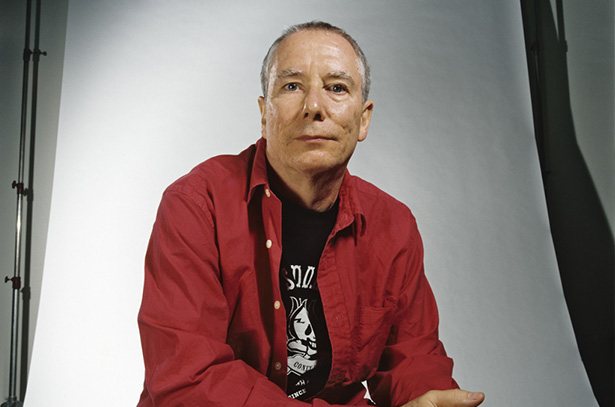
Mike Kelley
Mike Kelley is widely considered one of the most influential artists of our time. Originally from a suburb outside of Detroit, Kelley attended the University of Michigan, Ann Arbor, before moving to Southern California in 1976 to study at California Institute of the Arts from which he received an MFA in 1978. The city of Los Angeles became his adopted home and the site of his prolific art practice. In much of his work, Kelley drew from a wide spectrum of high and low culture, and was known to scour flea markets for America’s cast-offs and leftovers. Mining the banal objects of everyday life, Kelley elevated these materials to question and dismantle Western conceptions of contemporary art and culture.
Starting out in the late 1970s, Kelley became known for performance and installation based works; he came to prominence in the 1980s with a series of sculptures composed of common craft materials and stuffed animals. His work later widened in scope and physical scale, exemplified by ‘Educational Complex’ (1995), the ‘Kandors’ series (1999 – 2011), ‘Extracurricular Activity Projective Reconstruction’ series (2000 – 2011), and the posthumously completed public work ‘Mobile Homestead’ (2006 – 2013). These projects invoked a vast range of media and forms, illustrating the artist's versatility and underscored a number of Kelley's recurrent themes, such as repressed memory, sexuality, adolescence, class, and Americana, which were central to his artistic praxis. Throughout his career, Kelley also worked on curatorial projects, collaborated with many artists and musicians, and produced a formidable body of critical and creative writing.
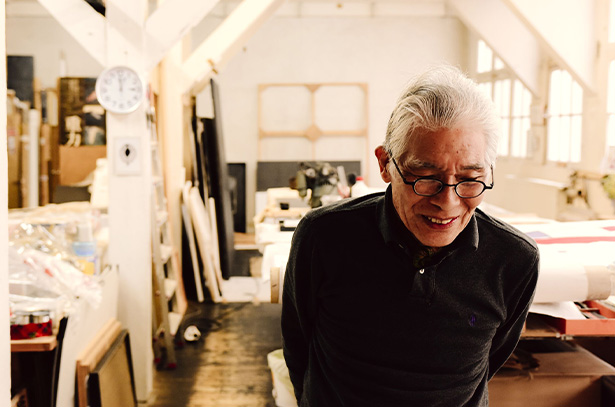
Takesada Matsutani
From the early 1960s until the 1970s Matsutani was a key member of the of the influential post war Japanese art collective, the Gutai Art Association. Over six decades Matsutani has developed a unique visual language of form and materials. As part of the Gutai group, Matsutani experimented with vinyl glue, using fans and his own breath to manipulate the substance, creating bulbous and sensuous forms reminiscent of human curves and features.
In 1966, Matsutani received a grant from the French government after winning first prize in the 1st Mainichi Art Competition and subsequently moved to Paris where he began working at Stanley William Hayter's renowned printmaking studio, Atelier 17. During the four years he worked at the studio, he learnt French, married and established his base in Paris. Working alongside Hayter opened Matsutani up to a new form of artistic experimentation and offered him a newfound confidence. Matsutani began to rethink his practice and a new elemental aesthetic language began to emerge that was both controlled and organic.
After the Gutai group disbanded in 1972, Matsutani eased into a radical yet consistent new body of work, informed by his experience at Atelier 17. Faithful to his Gutai roots, he strove to identify and convey the essential character of vinyl glue with graphite, that were to become his signature materials. Matsutani began creating vast expanses of metallic black graphite on mural-size sheets of paper built up with painstaking individual strokes. This ritualized manner presents a time-based record of his gestures, while reminiscent of his artistic beginnings in Japan, it has been translated into an artistic language that is uniquely his own.
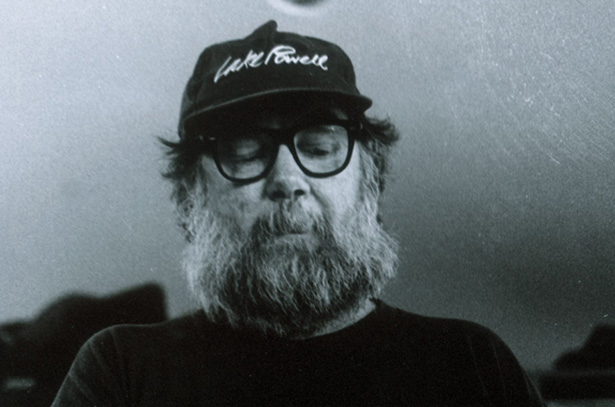
PAUL McCARTHY
Paul McCarthy is widely considered to be one of the most influential and groundbreaking contemporary American artists. Born in 1945, and raised in Salt Lake City, Utah, he first established a multi-faceted artistic practice, which sought to break the limitations of painting by using unorthodox materials such as bodily fluids and food. He has since become known for visceral, often hauntingly humorous work in a variety of mediums—from performance, photography, film and video, to sculpture, drawing and painting.
During the 1990s, he extended his practice into installations and stand-alone sculptural figures, utilizing a range of materials such as fiberglass, silicone, animatronics and inflatable vinyl. Playing on popular illusions and cultural myths, fantasy and reality collide in a delirious yet poignant exploration of the subconscious, in works that simultaneously challenge the viewer’s phenomenological expectations.
Whether absent or present, the human figure has been a constant in his work, either through the artist‘s own performances or the array of characters he creates to mix high and low culture, and provoke an analysis of our fundamental beliefs. These playfully oversized characters and objects critique the worlds from which they are drawn: Hollywood, politics, philosophy, science, art, literature, and television. McCarthy’s work, thus, locates the traumas lurking behind the stage set of the American Dream and identifies their counterparts in the art historical canon.
McCarthy earned a BFA in painting from the San Francisco Art Institute in 1969, and an MFA in multimedia, film and art from USC in 1973. For 18 years, he taught performance, video, installation, and art history in the New Genres Department at UCLA, where he influenced future generations of west coast artists and he has exhibited extensively worldwide. McCarthy’s work comprises collaborations with artist-friends such as Mike Kelley and Jason Rhoades, as well as his son Damon McCarthy.

Lorna Simpson
Born in Brooklyn, Lorna Simpson came to prominence in the 1990s with her pioneering approach to conceptual photography. Simpson’s early work—particularly her striking juxtapositions of text and staged images—raised questions about the nature of representation, identity, gender, race and history that continue to drive the artist’s expanding and multi-disciplinary practice today. She deftly explores the medium’s umbilical relation to memory and history, both central themes within her work.
Studying on the West Coast in the mid-1980s, Simpson was part of a generation of artists who utilized conceptual approaches to undermine the credibility and apparent neutrality of language and images. Her most iconic works from this period depict African-American figures as seen only from behind or in fragments. Photographed in a neutral studio space, the figures are tied neither to a specific place nor time. Drawing upon a long-standing interest in poetry and literature, the artist accompanies these images with her own fragmented text, which is at times infused with the suggestion of violence or trauma. The incredibly powerful works entangle viewers into an equivocal web of meaning, with what is unseen and left unsaid as important as that which the artist does disclose. Seemingly straightforward, these works are in fact near-enigmas, as complex as the subject matter they take on.
Over the past 30 years, Simpson has continued to probe these questions while expanding her practice to encompass various media including film and video, painting, drawing and sculpture. Her recent works incorporate appropriated imagery from vintage Jet and Ebony magazines, found photo booth images, and discarded Associated Press photos of natural elements—particularly ice, a motif that appears in her sculptural work in the form of glistening ‘ice’ blocks made of glass. The new work continues to immerse viewers in layers of bewitching paradoxes, threading dichotomies of figuration and abstraction, past and present, destruction and creation, and male and female. Layered and multivalent, Simpson’s practice deploys metaphor, metonymy, and formal prowess to offer a potent response to American life today.
Inquire about available works
‘To Form a More Perfect Union‘ is on view now through 19 December 2020 at Hauser & Wirth New York 69th Street.
Current Exhibitions
1 / 12
